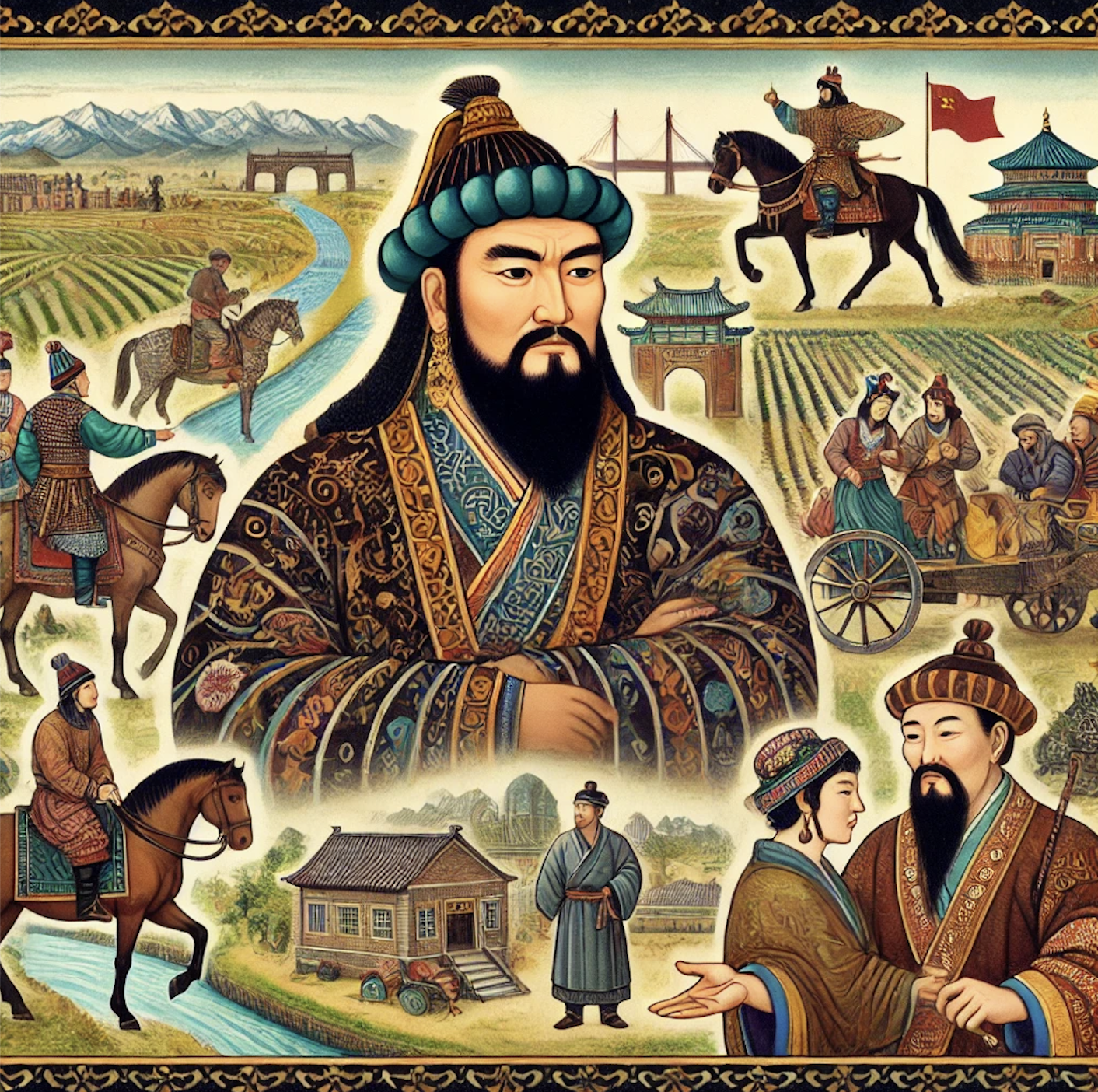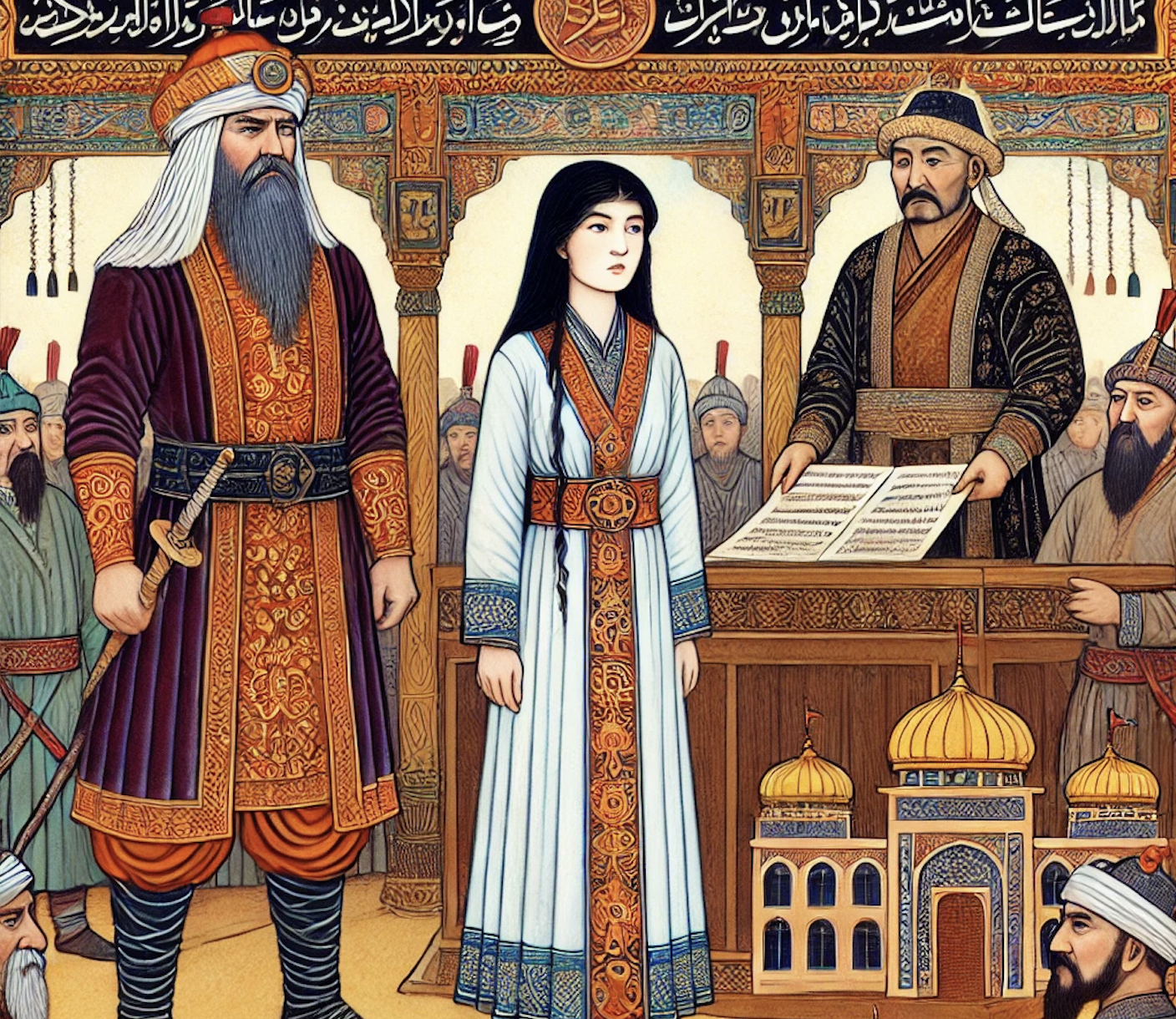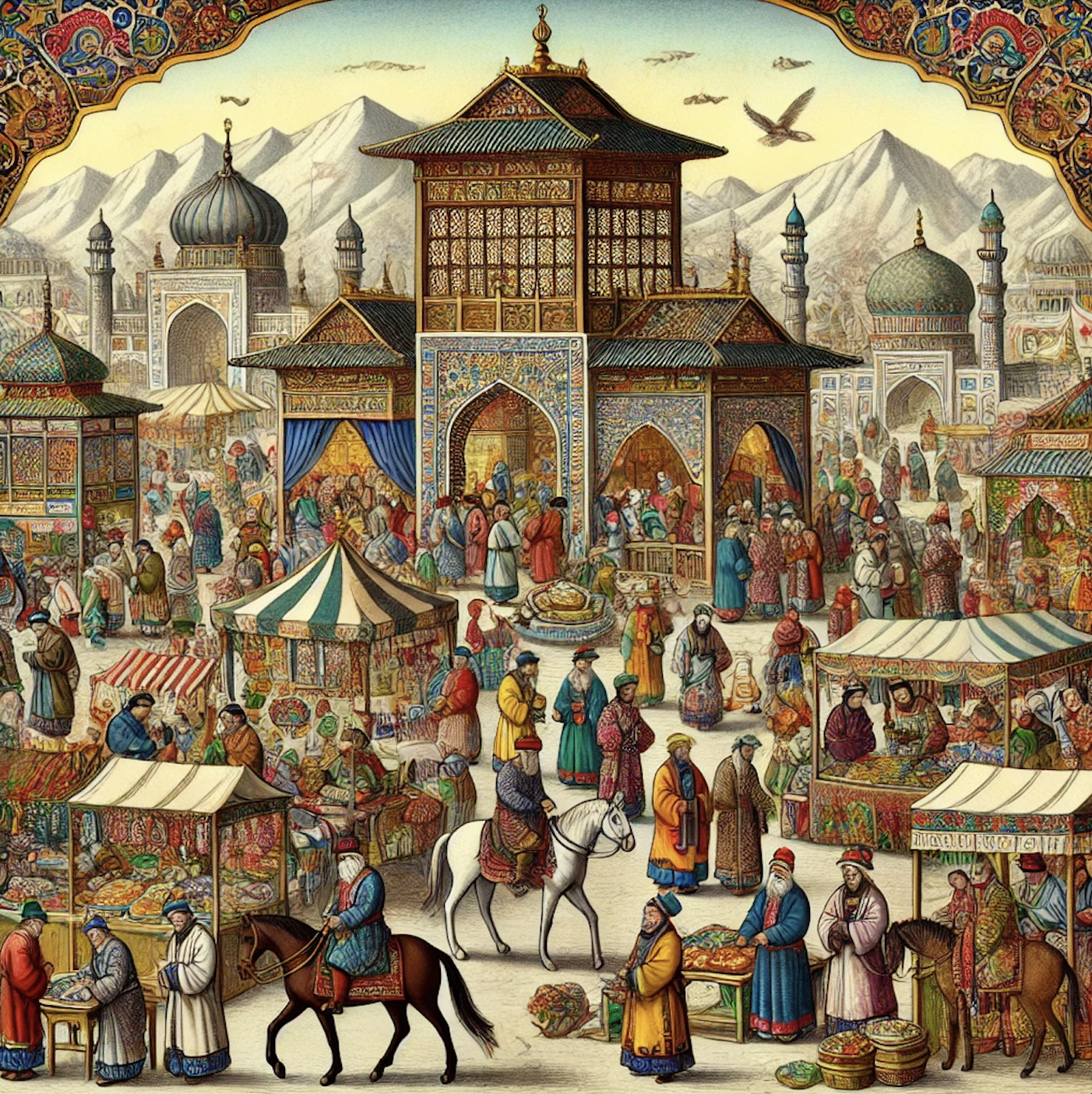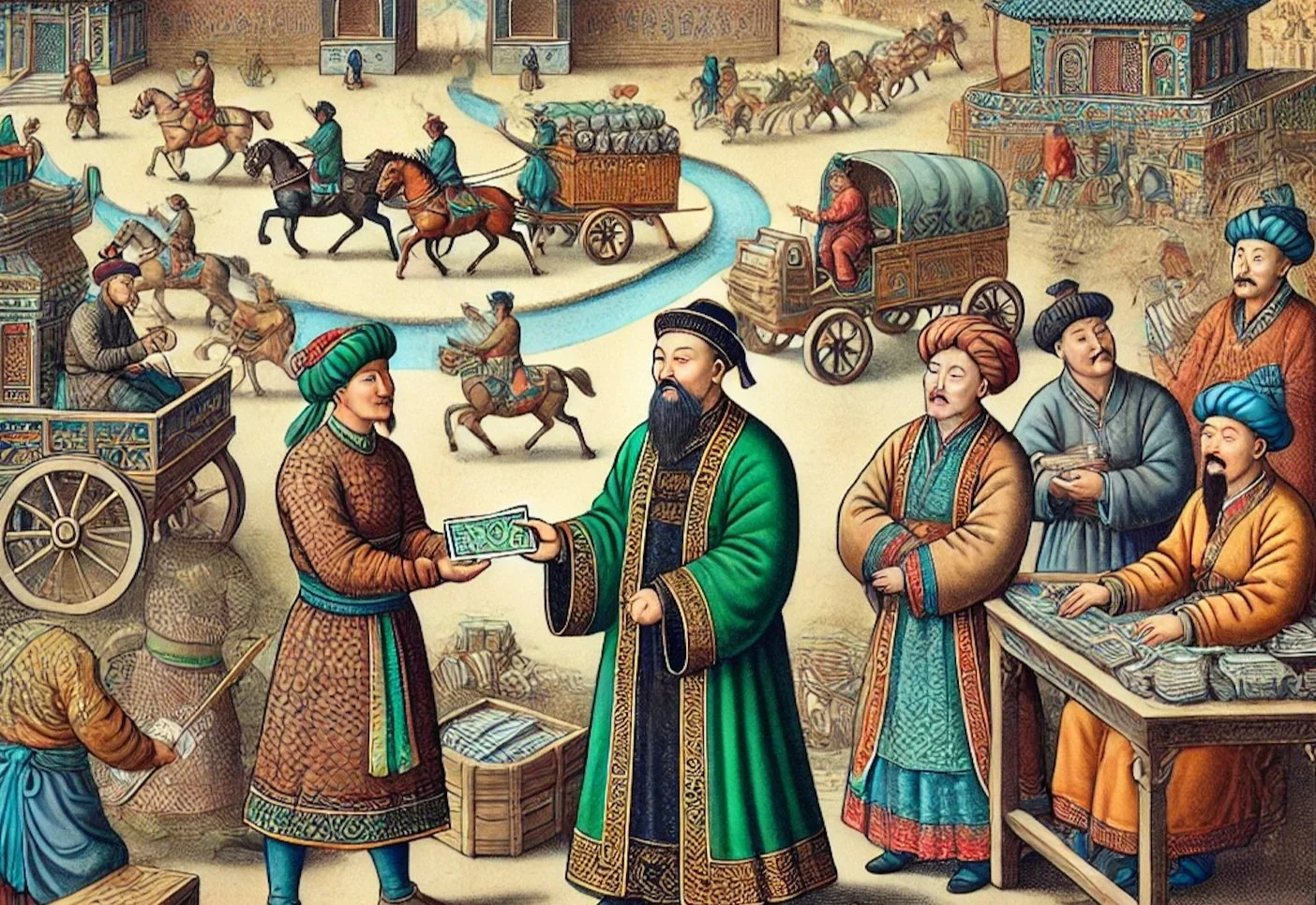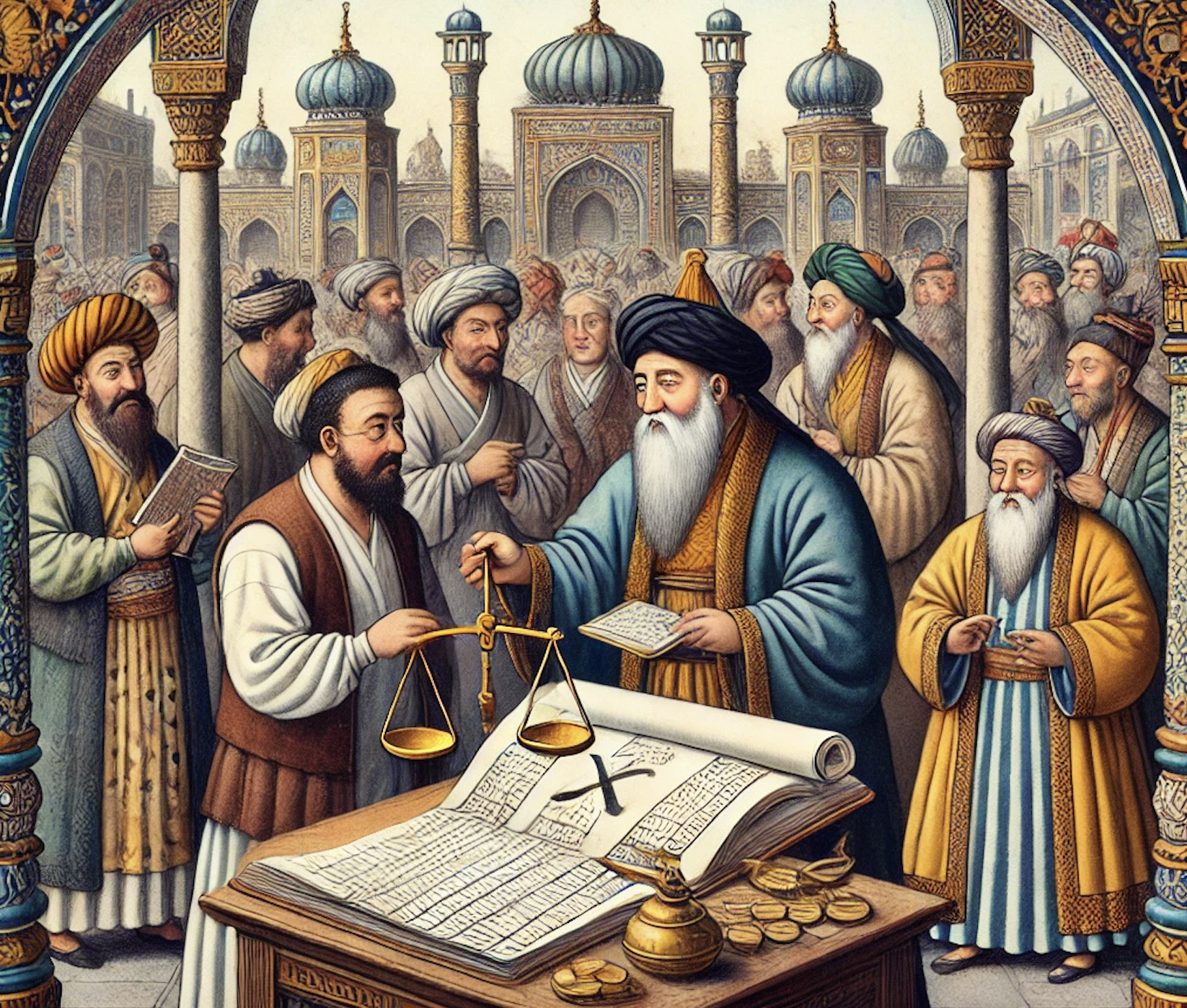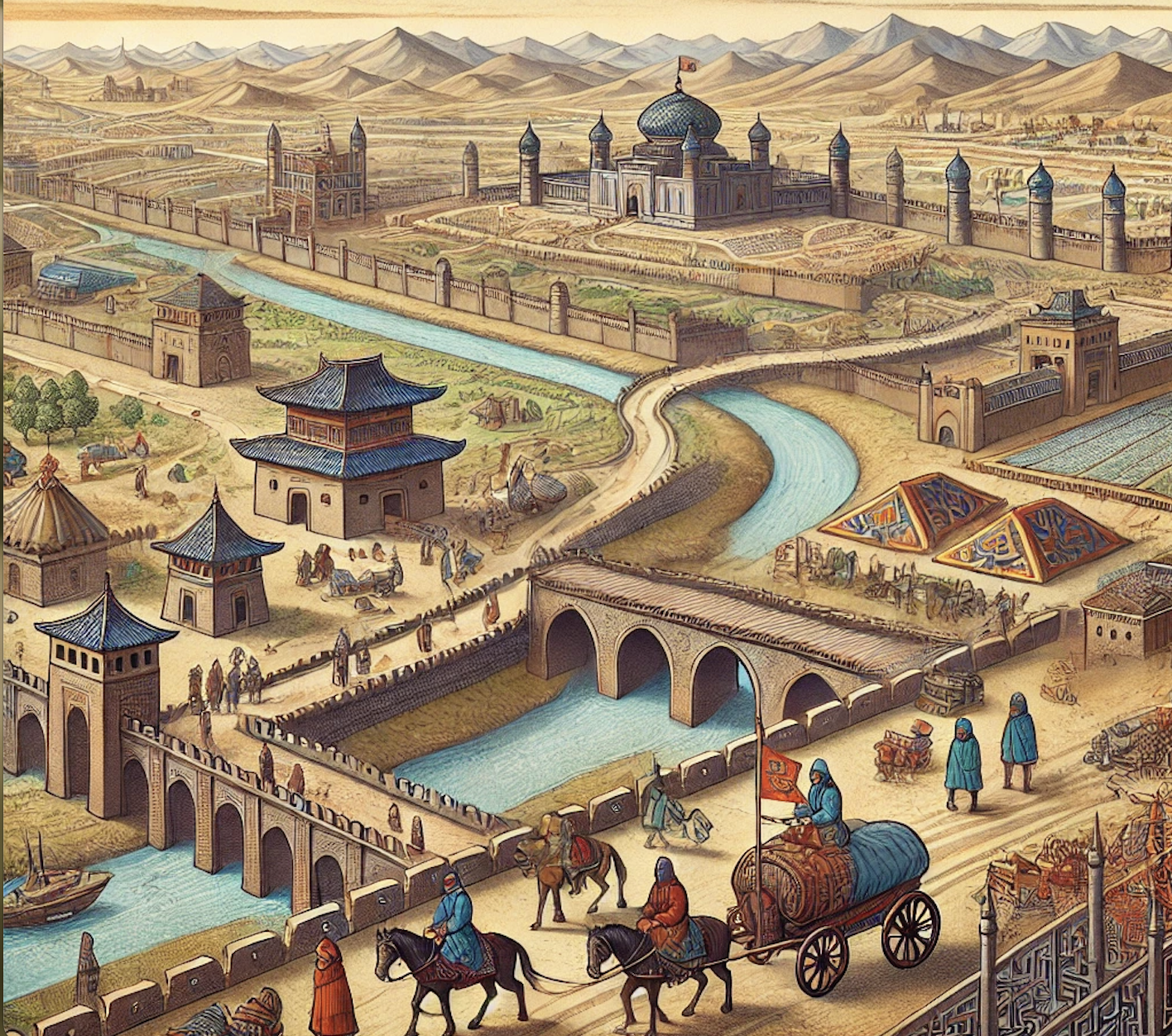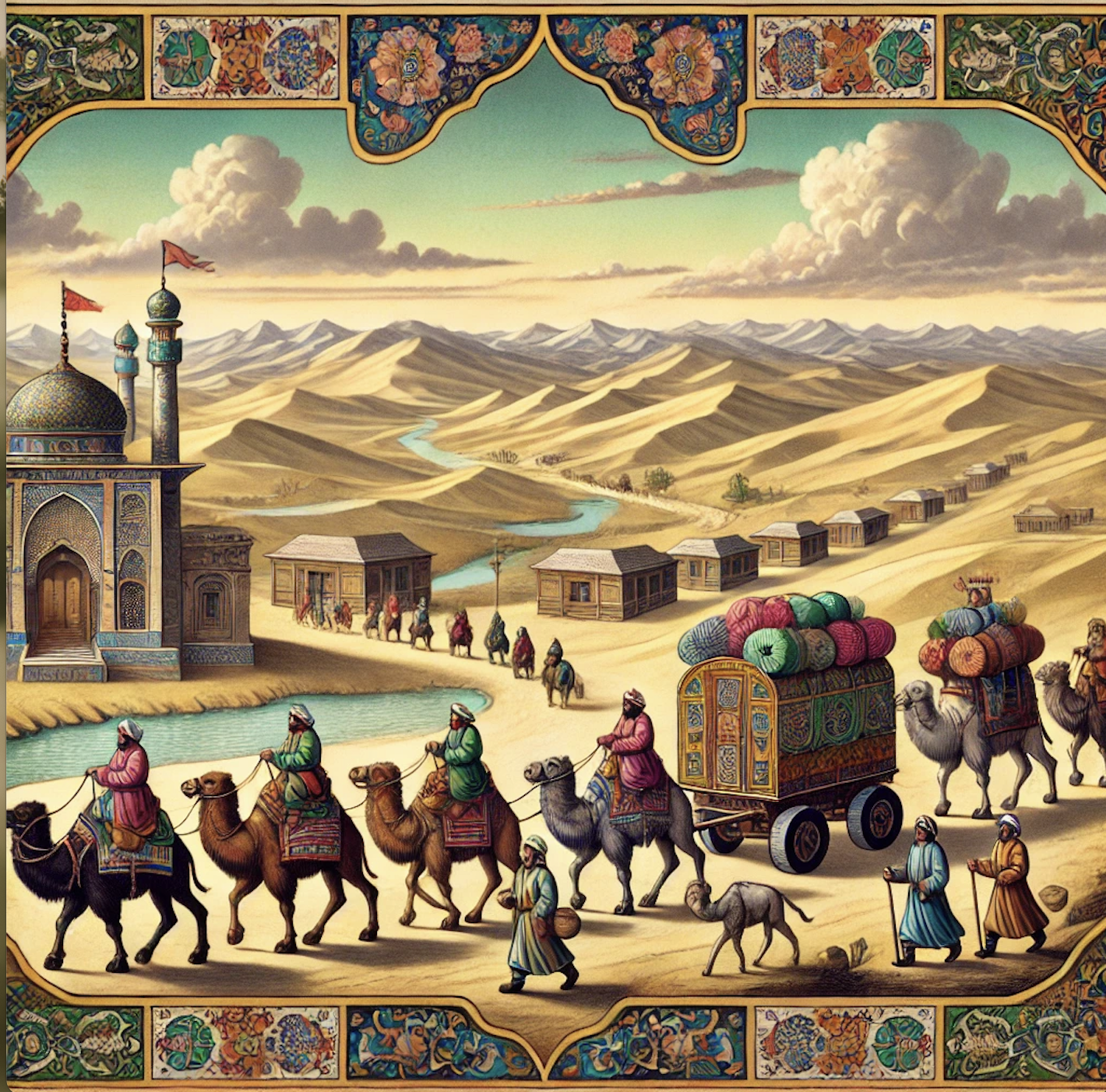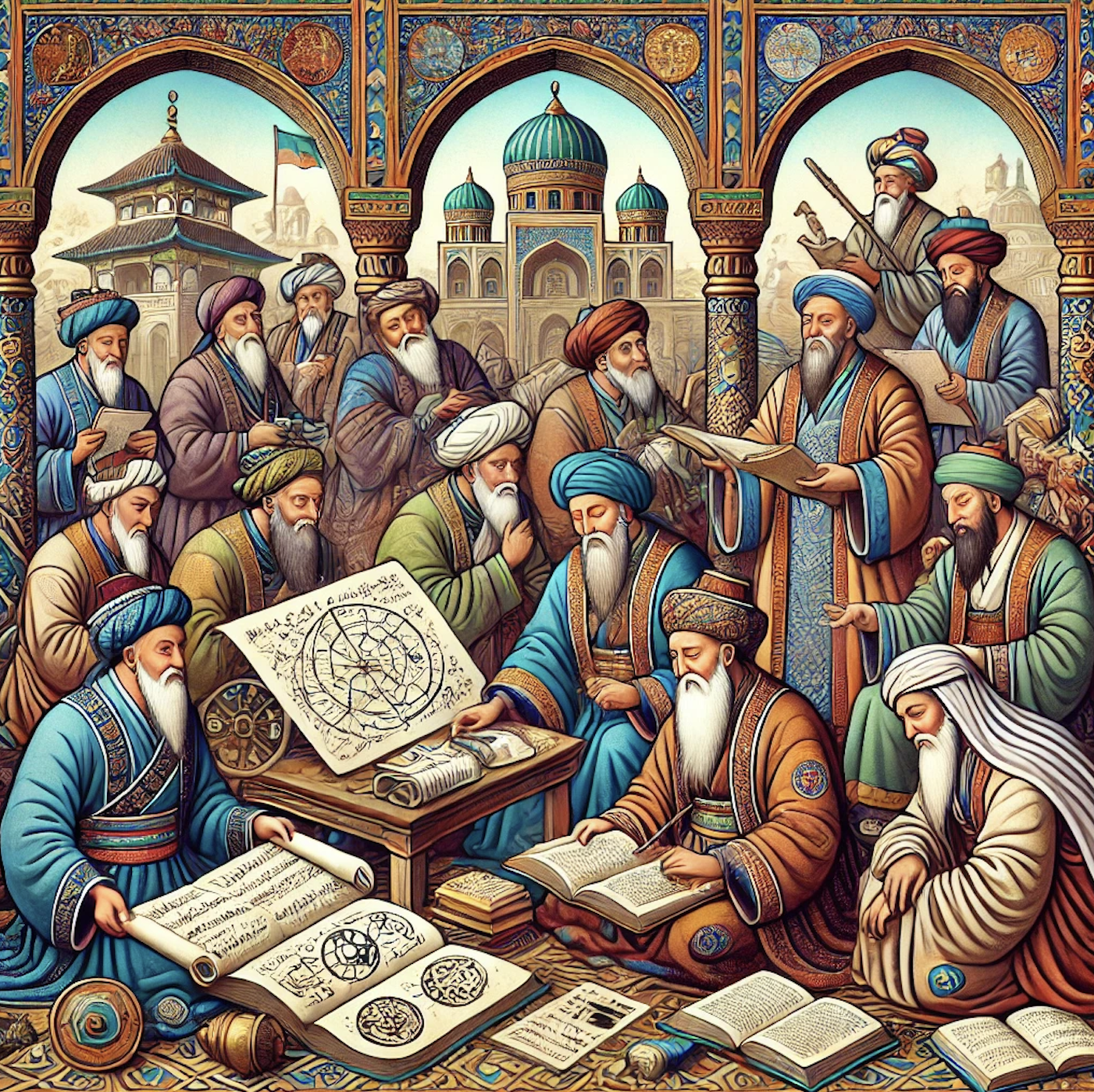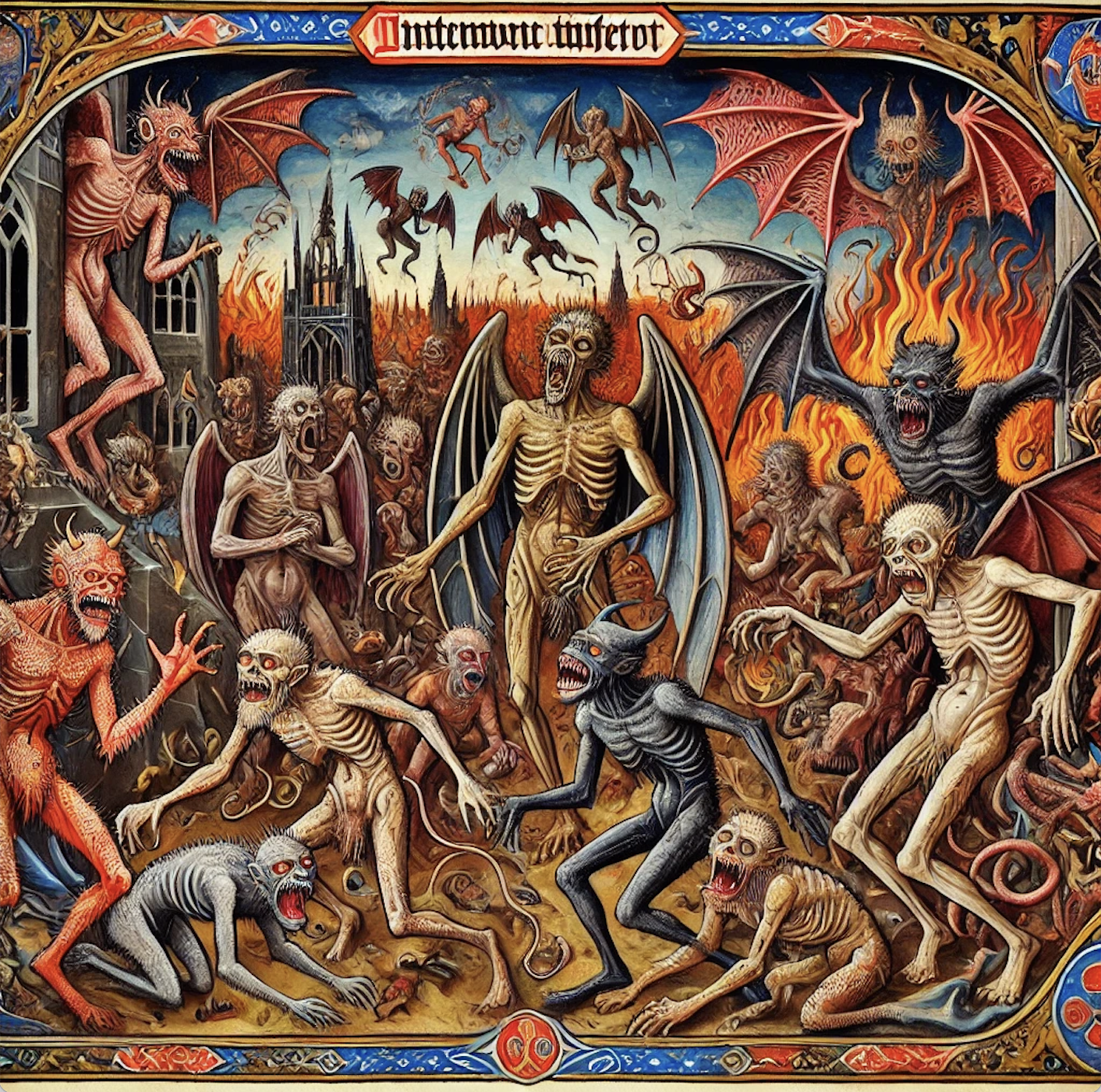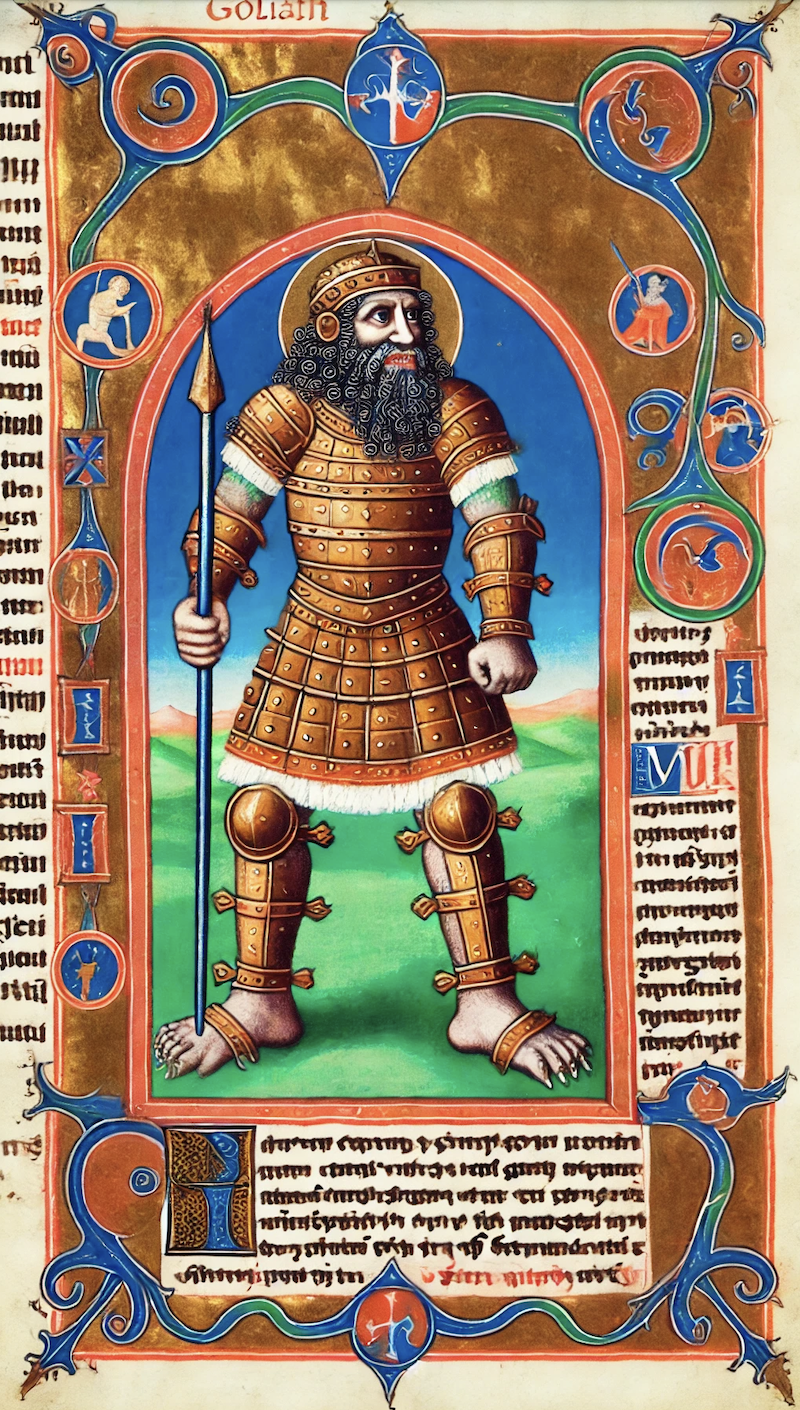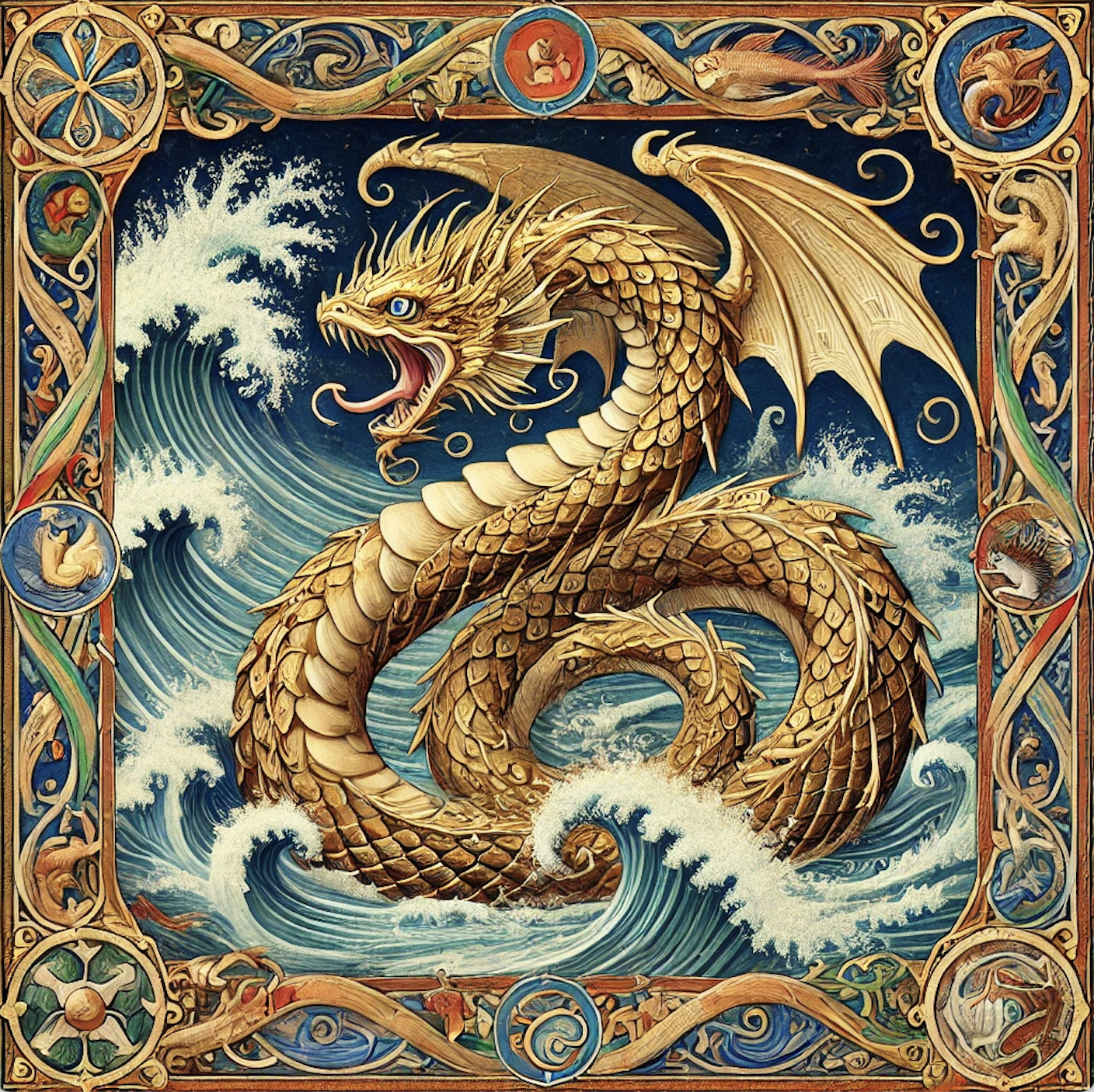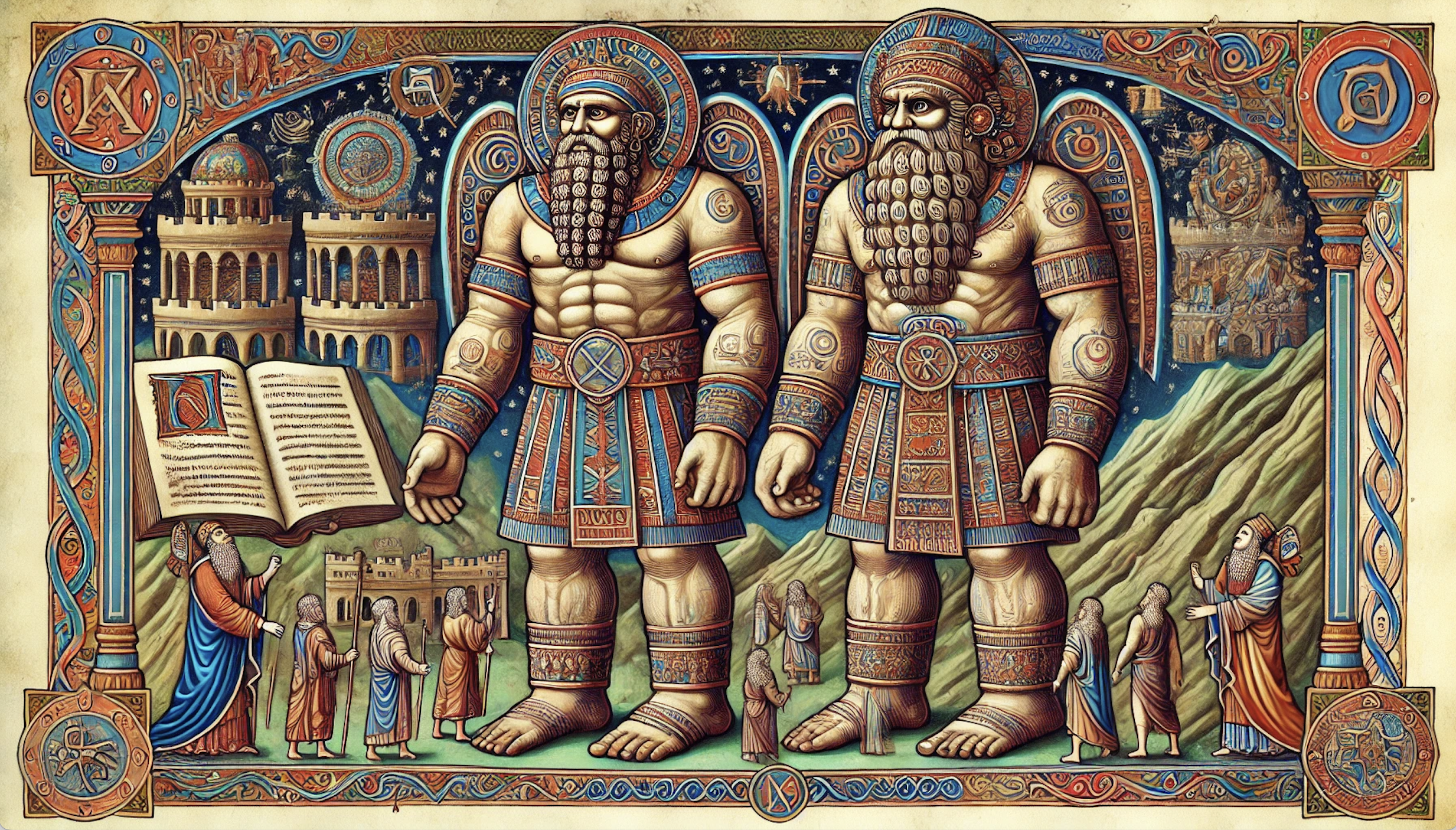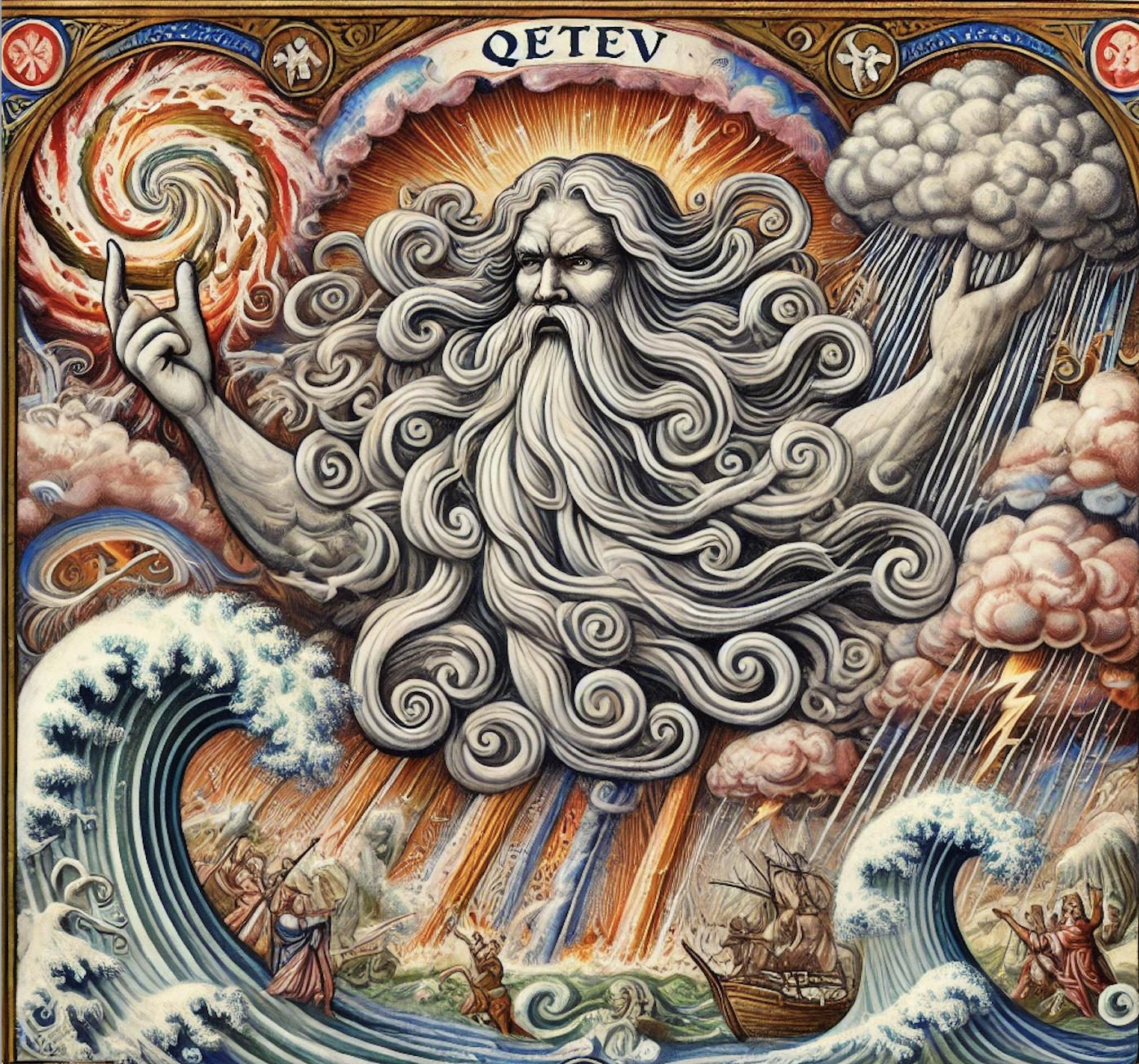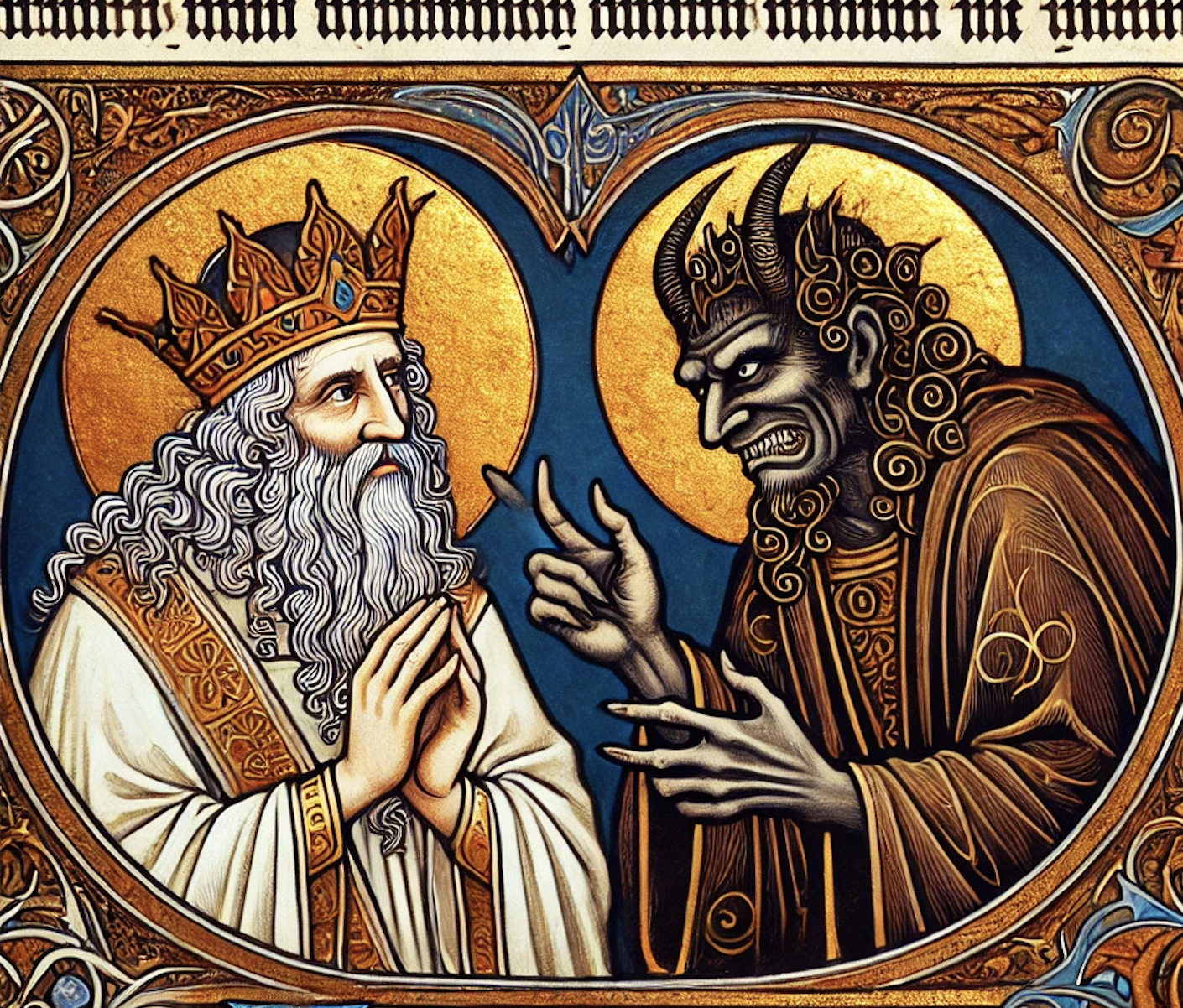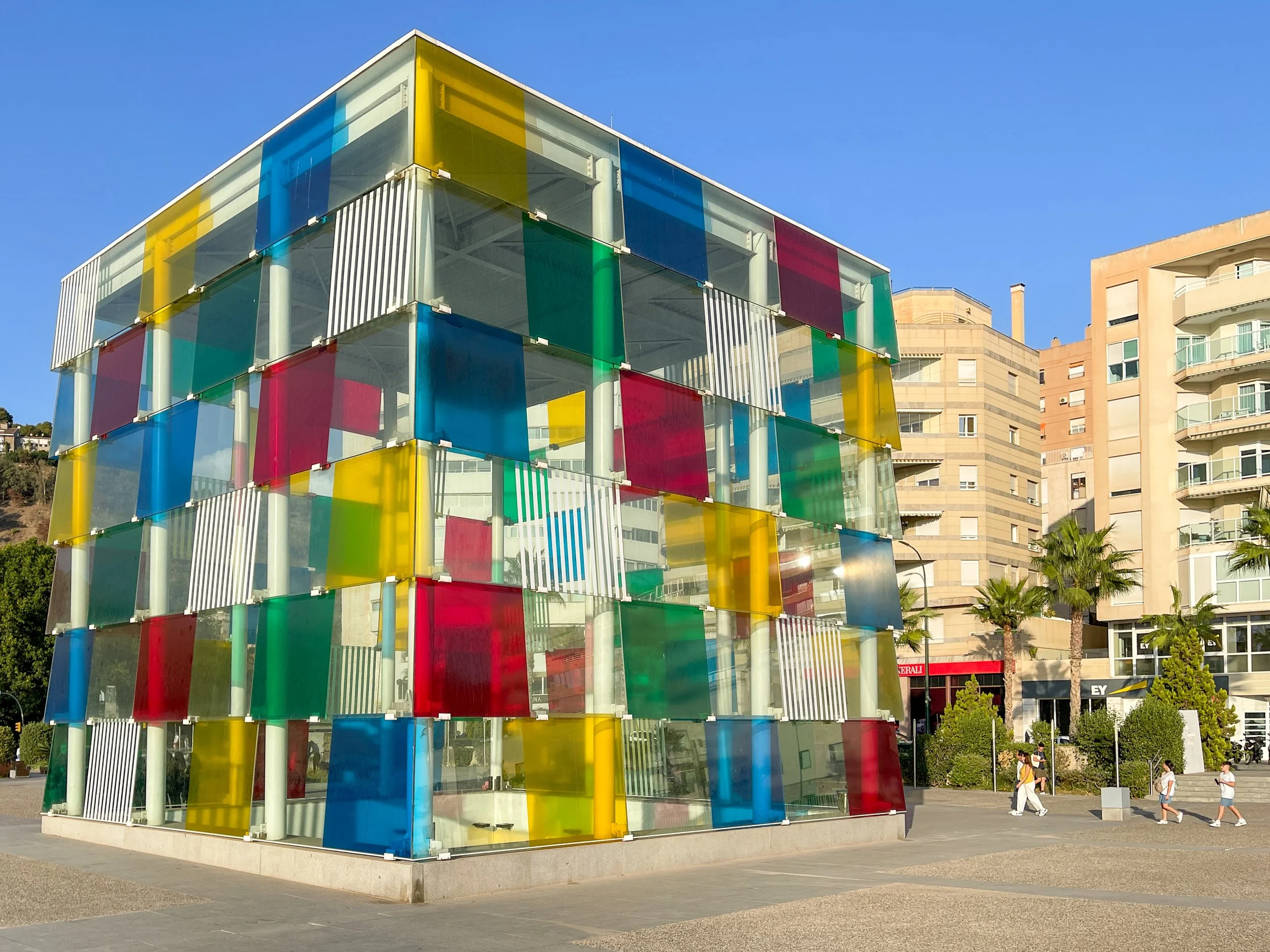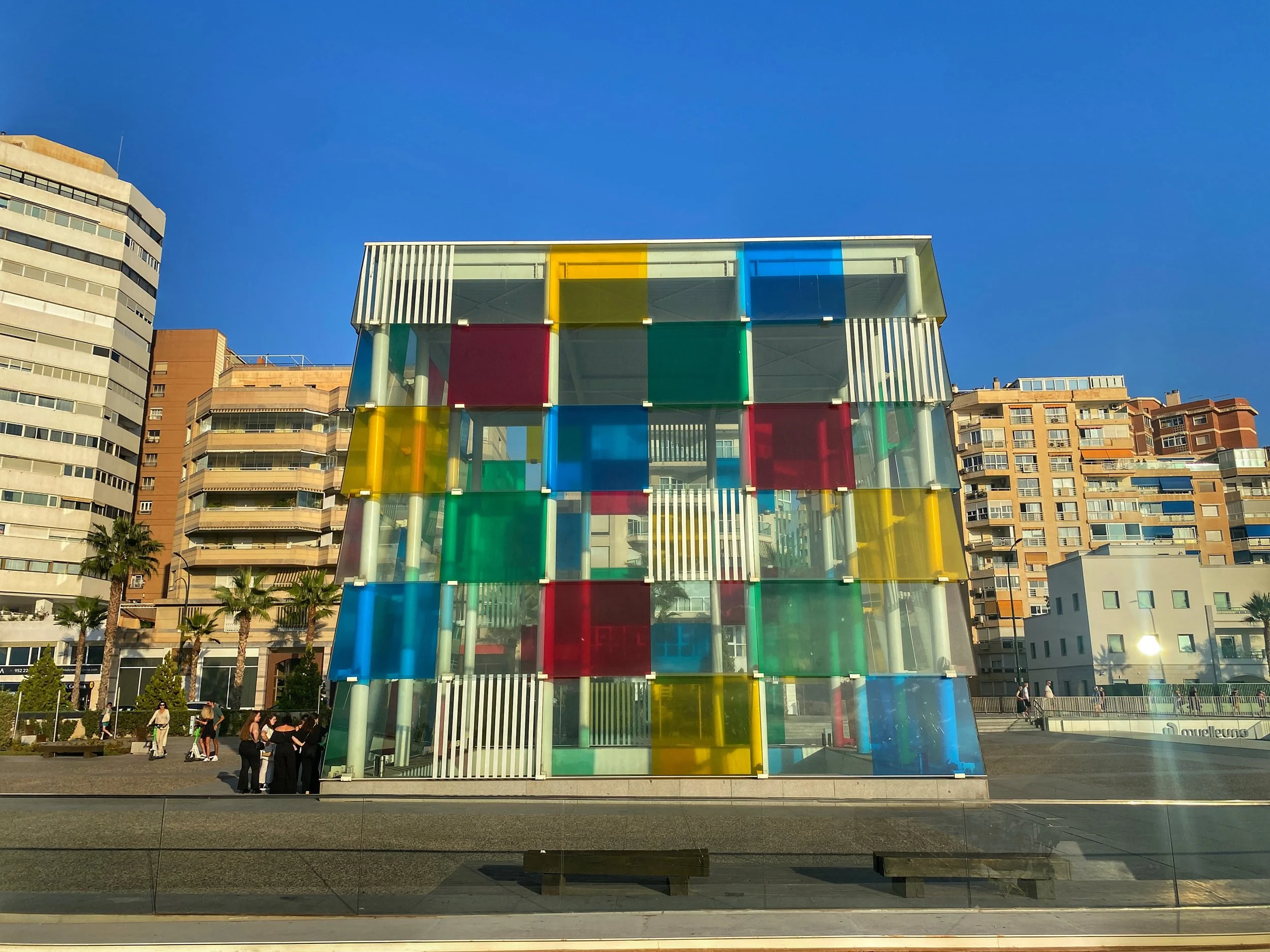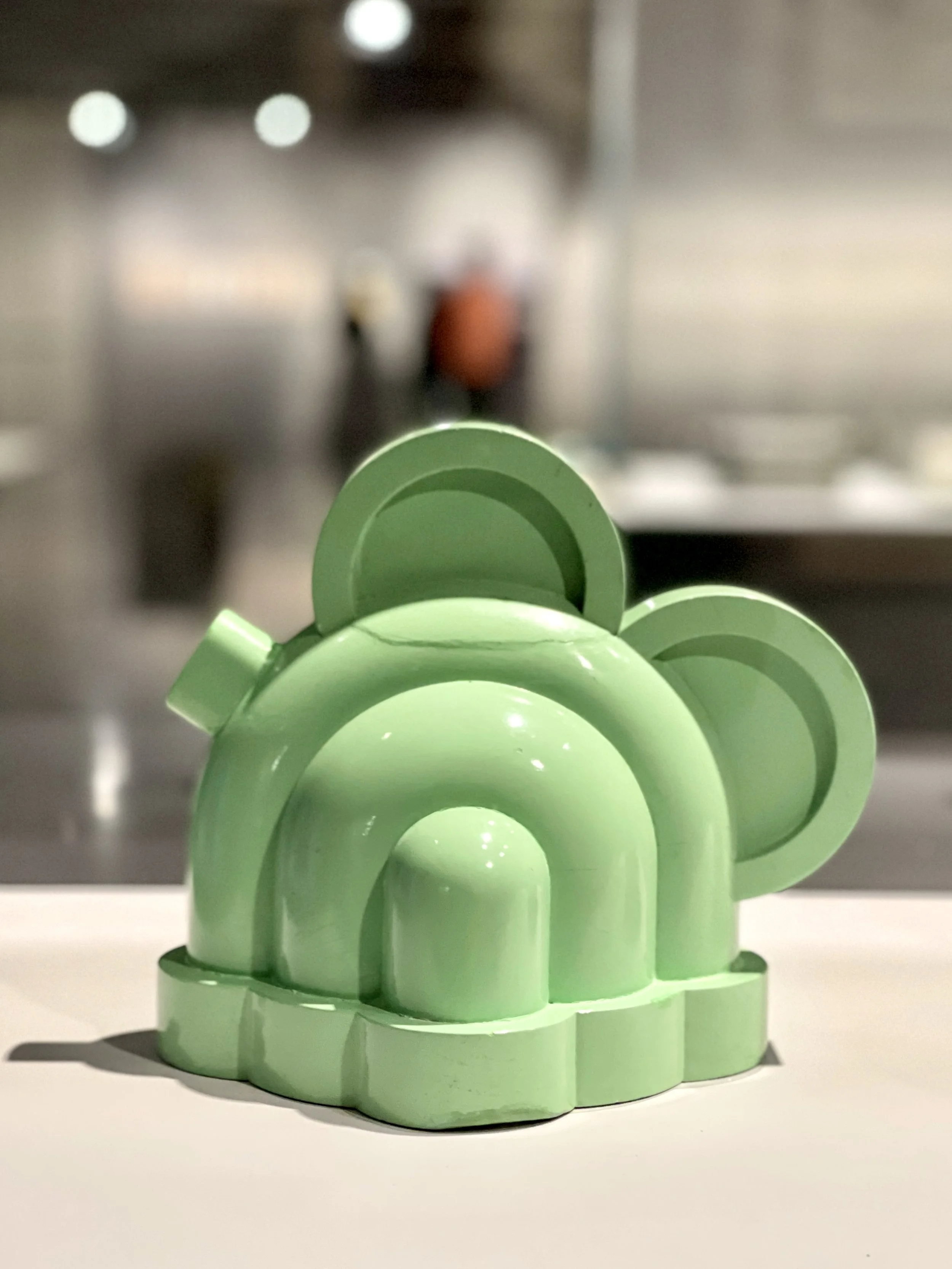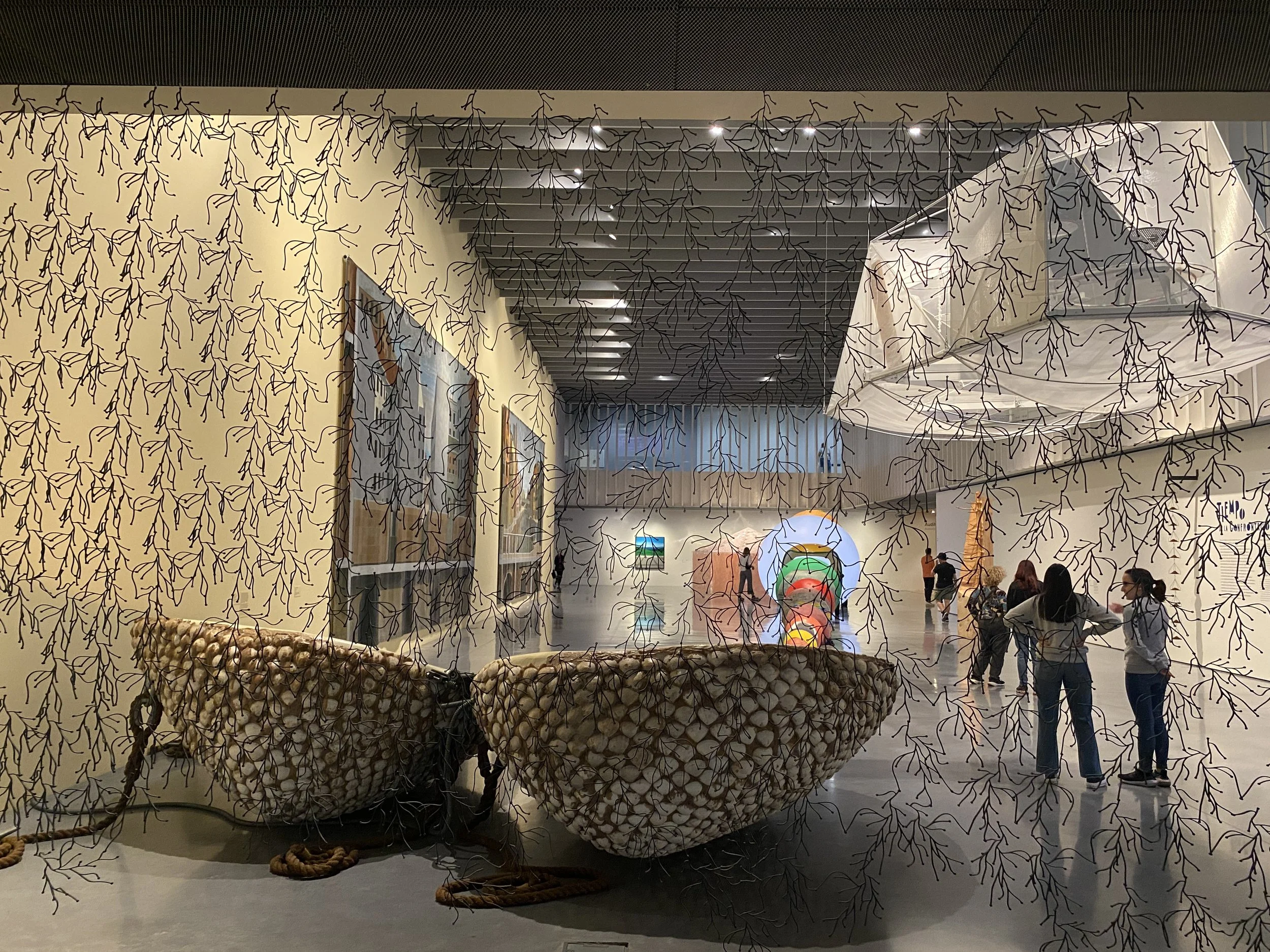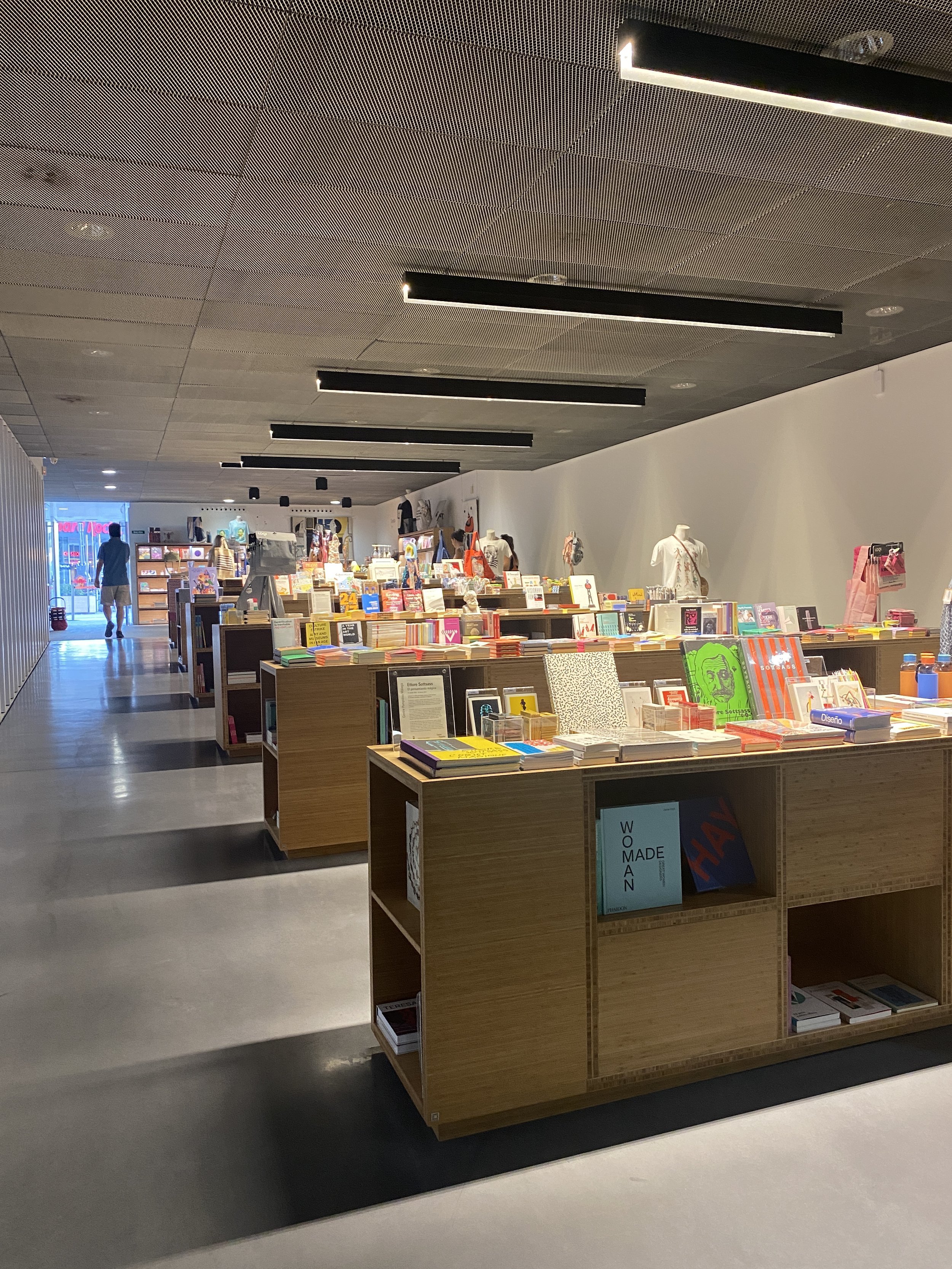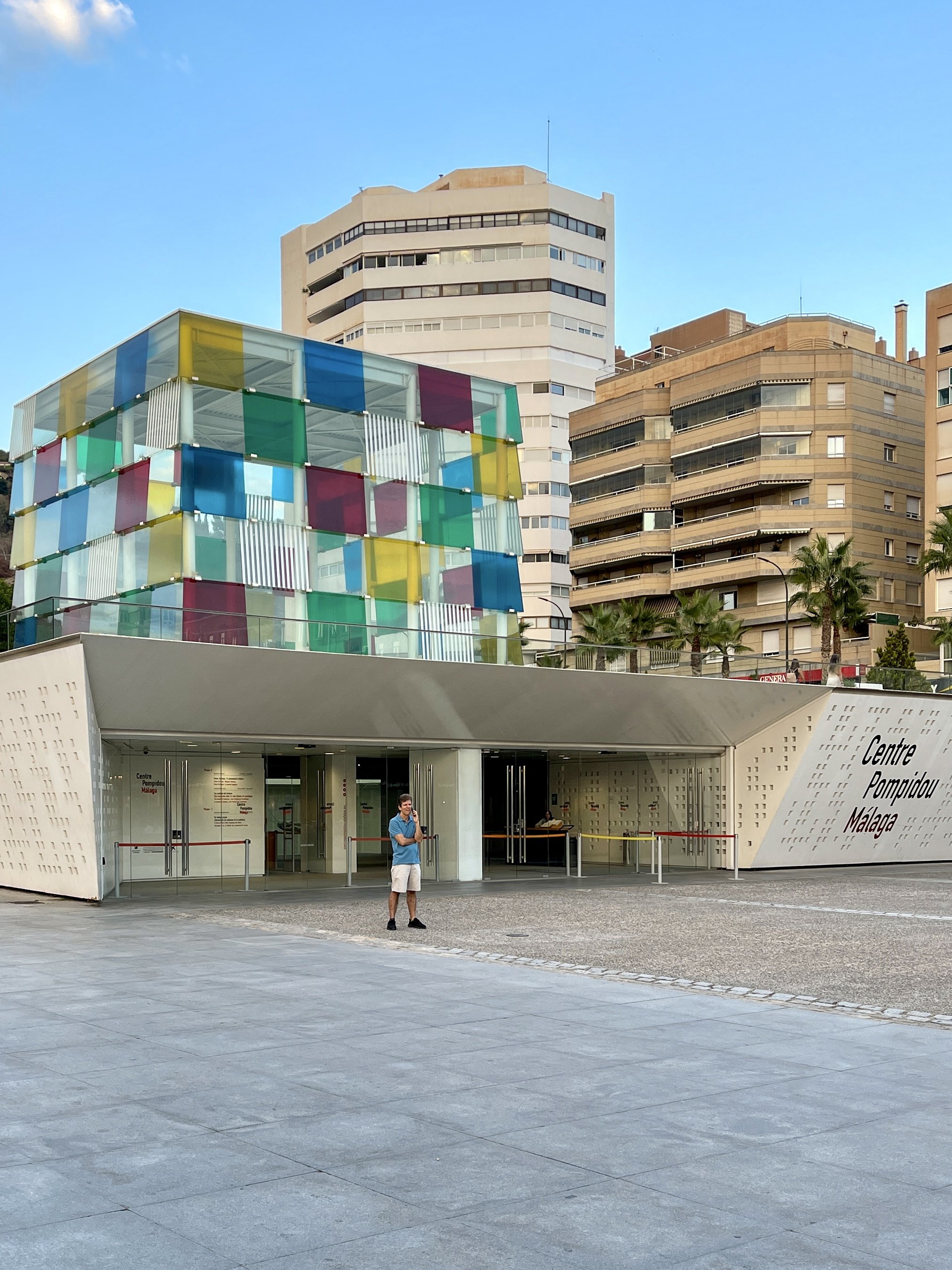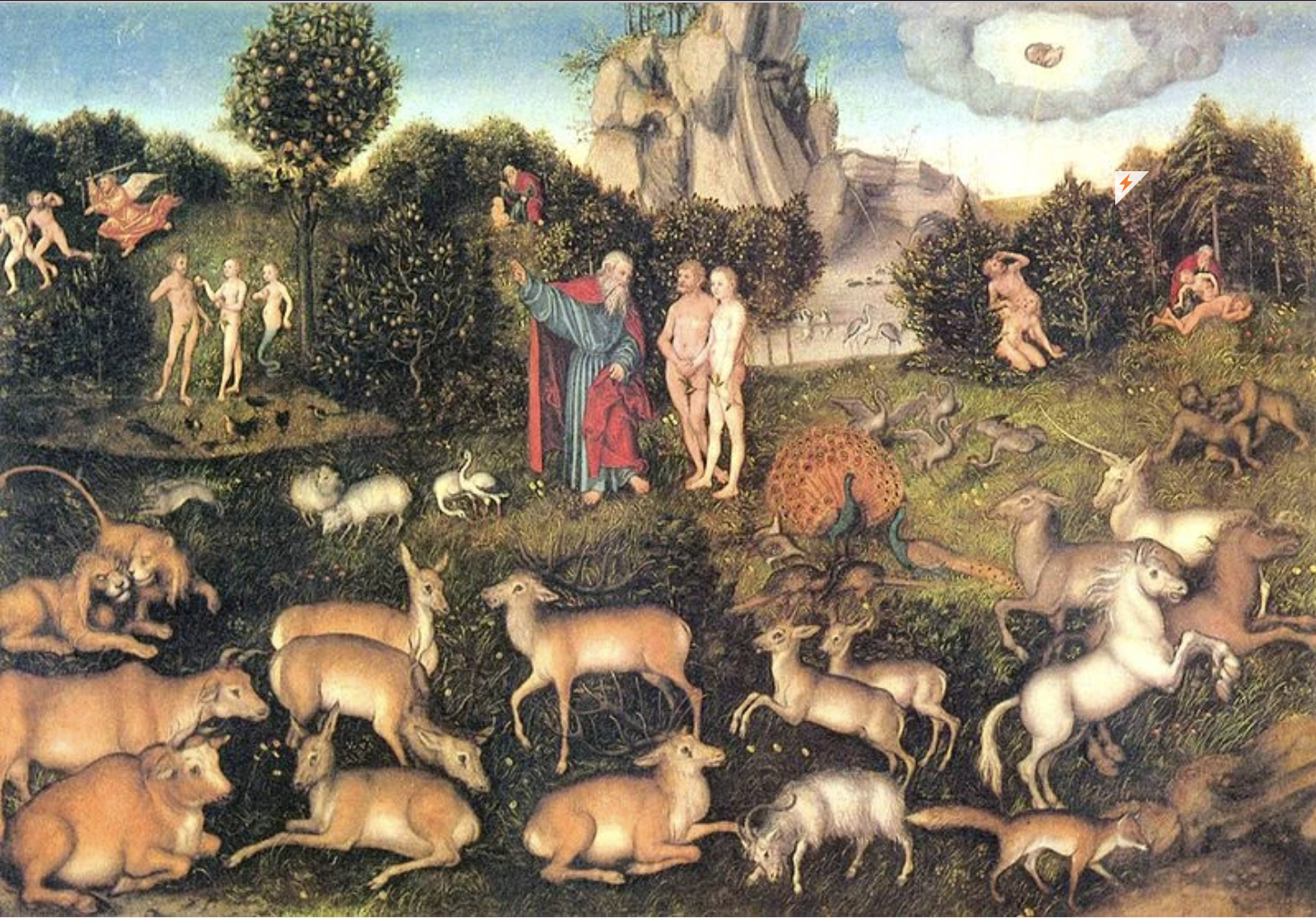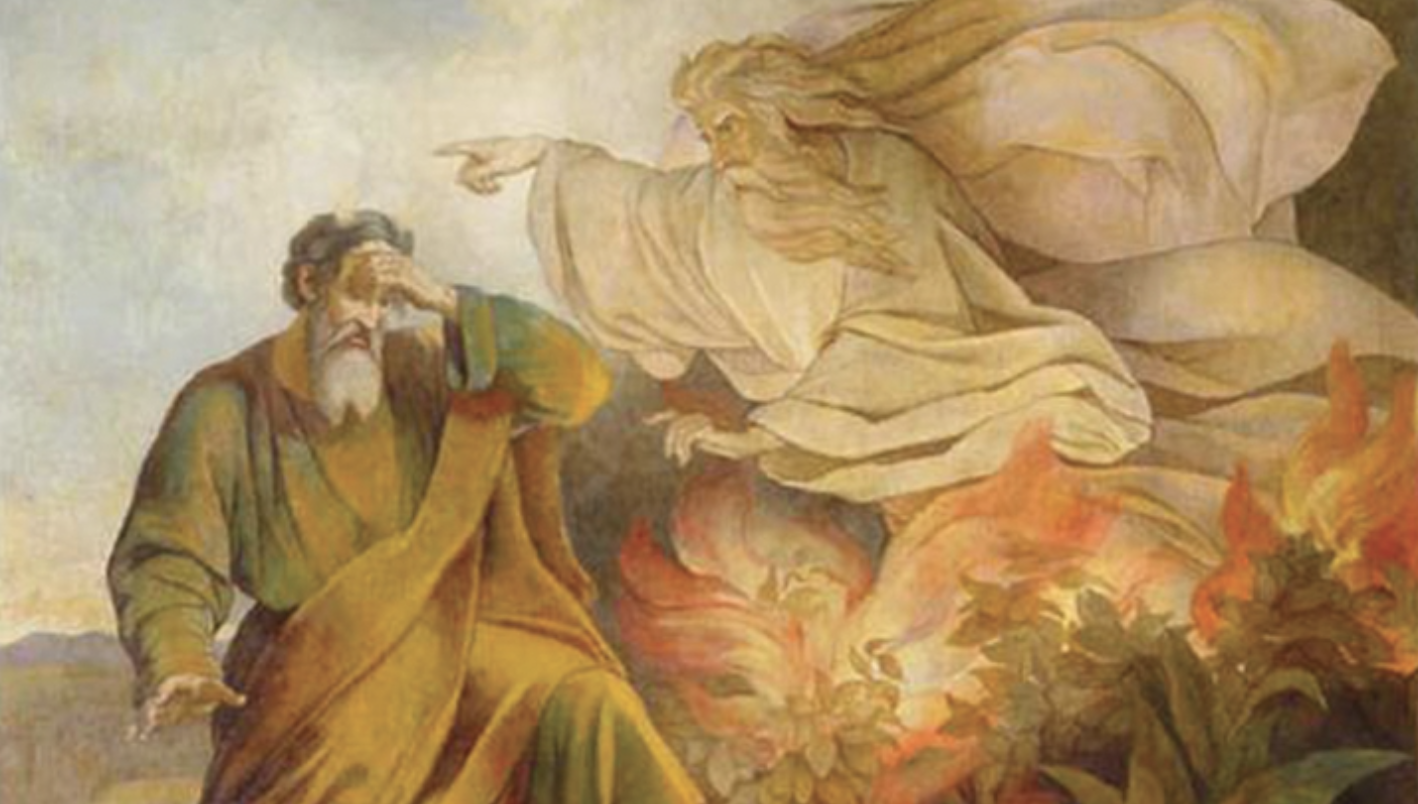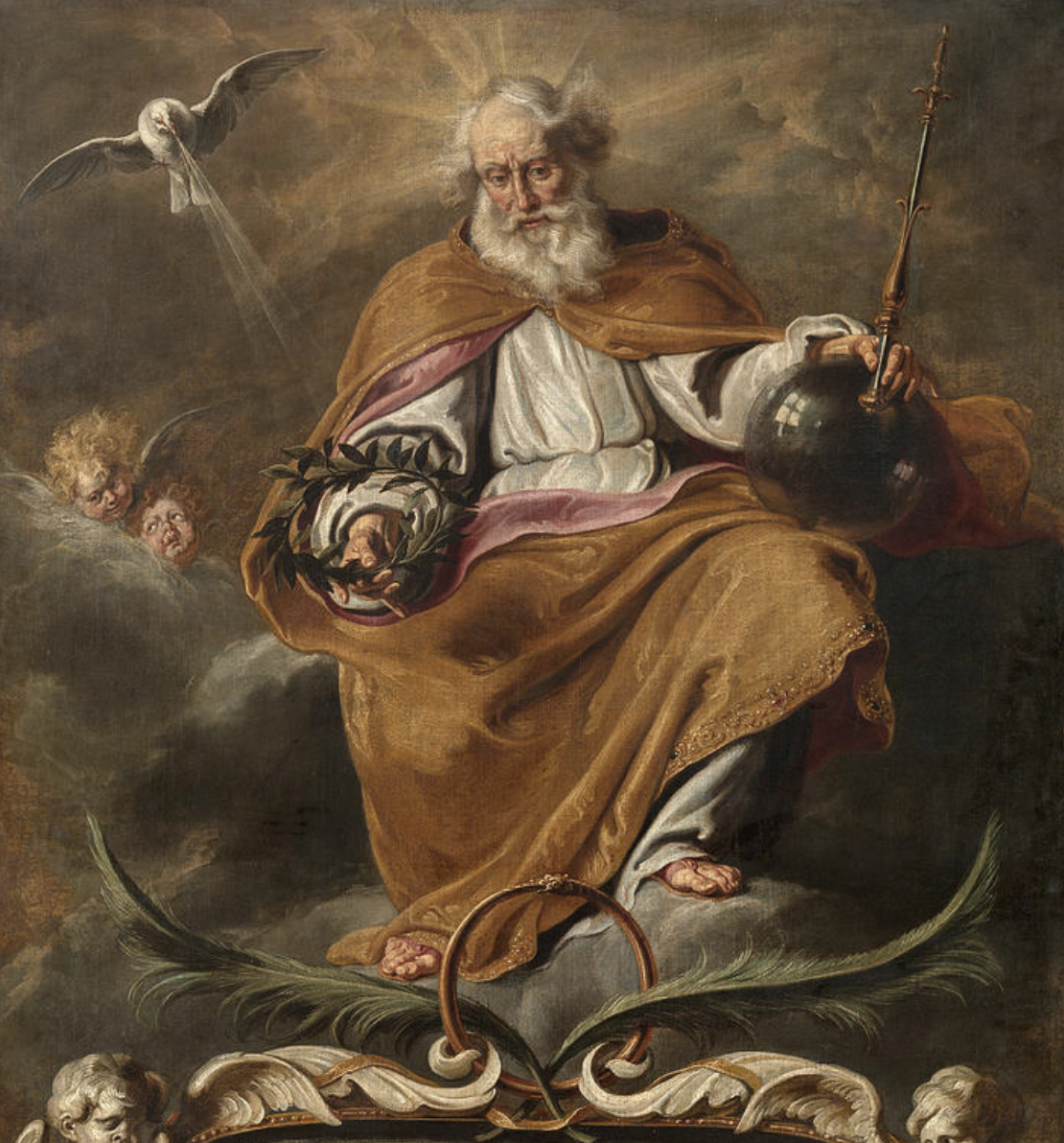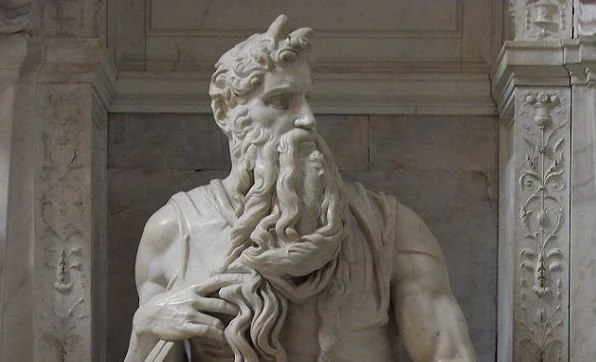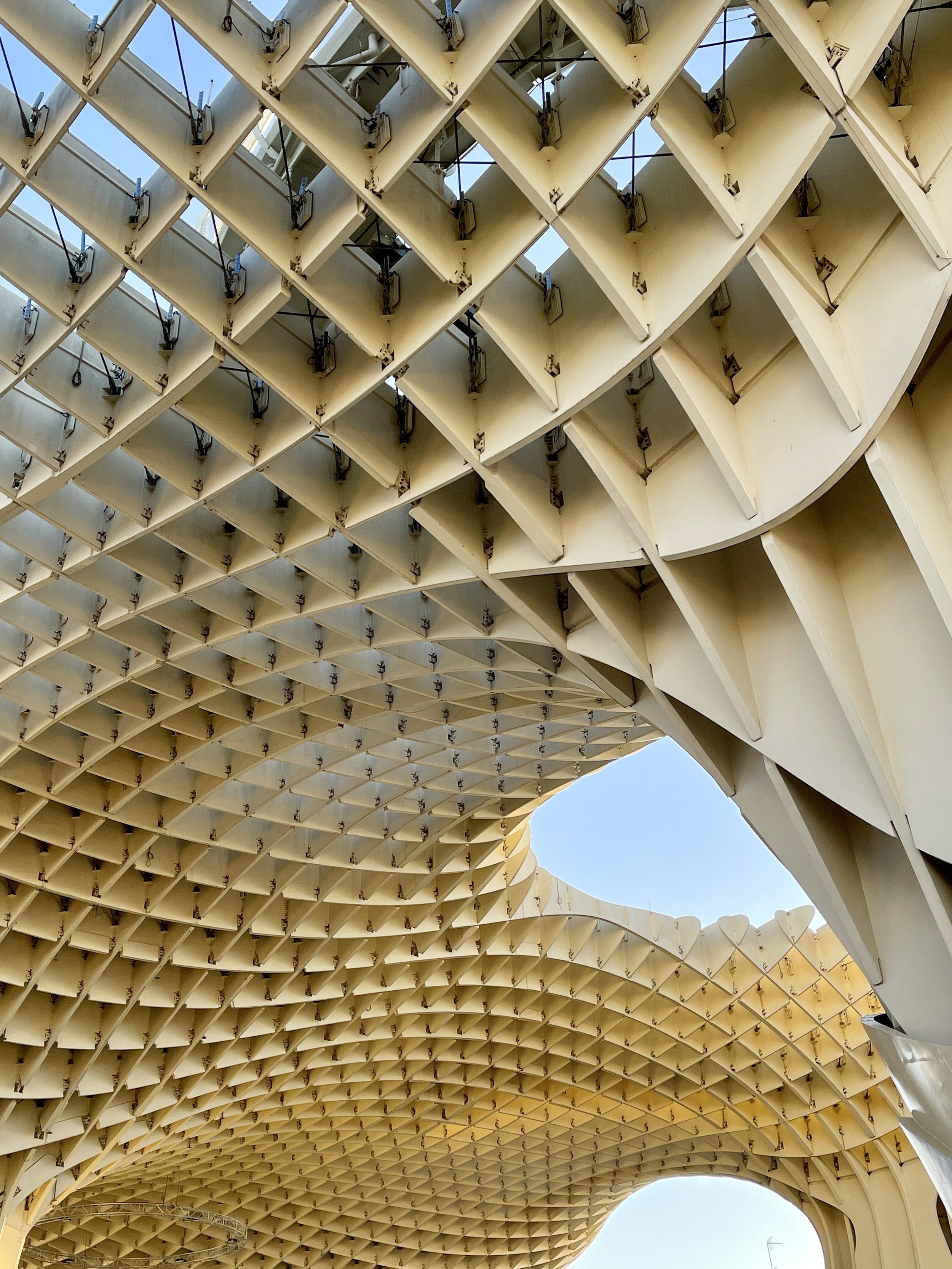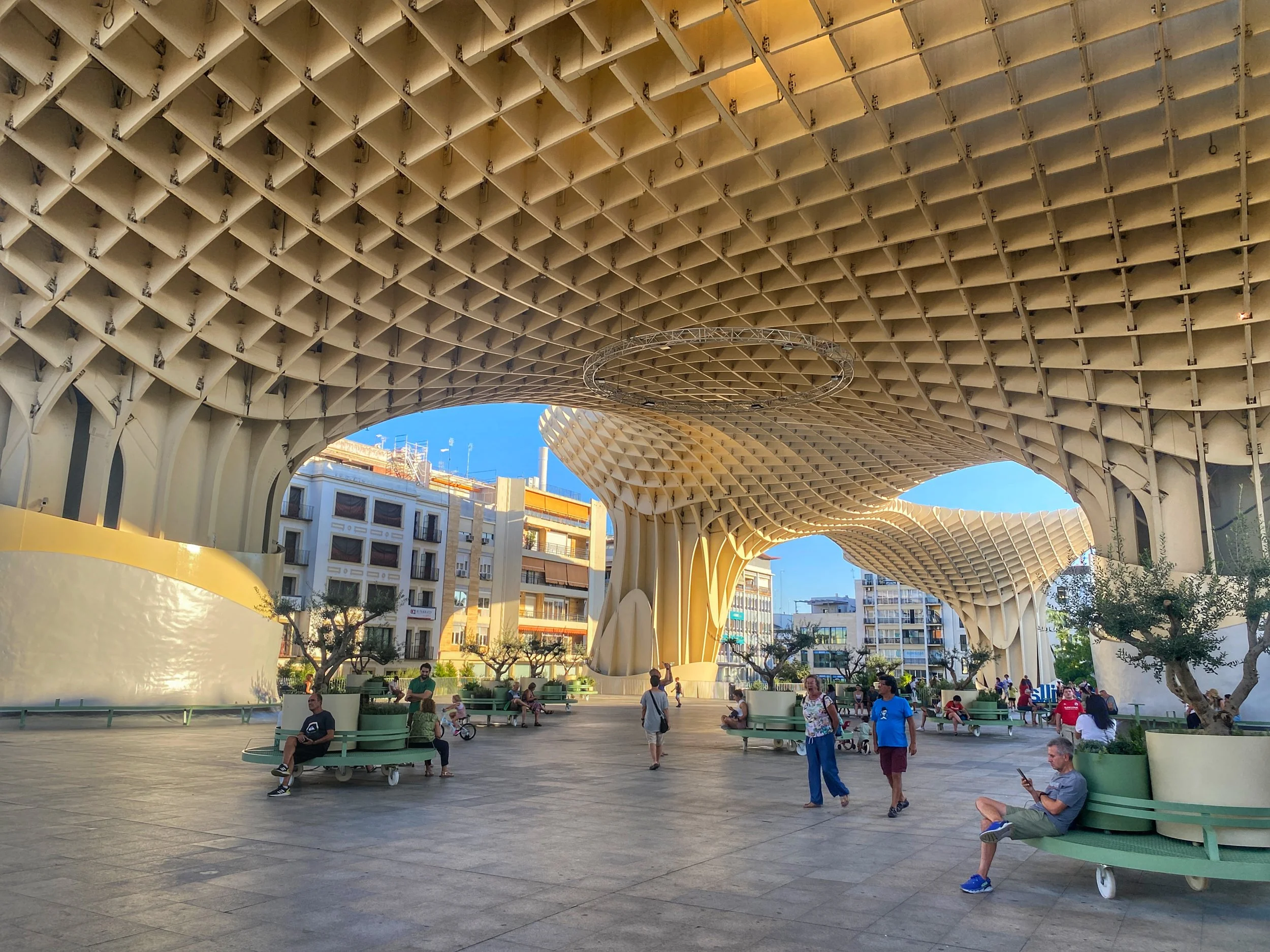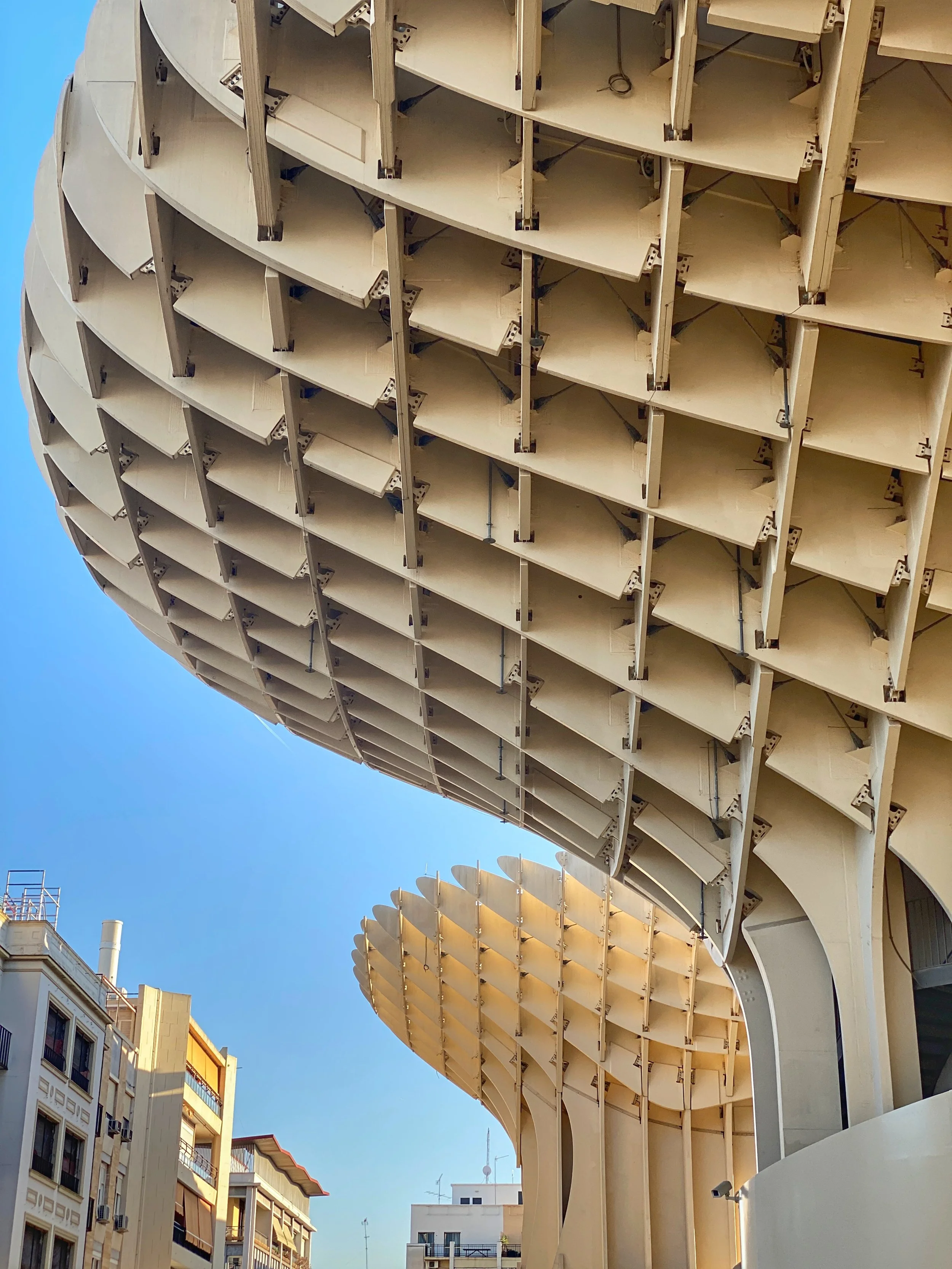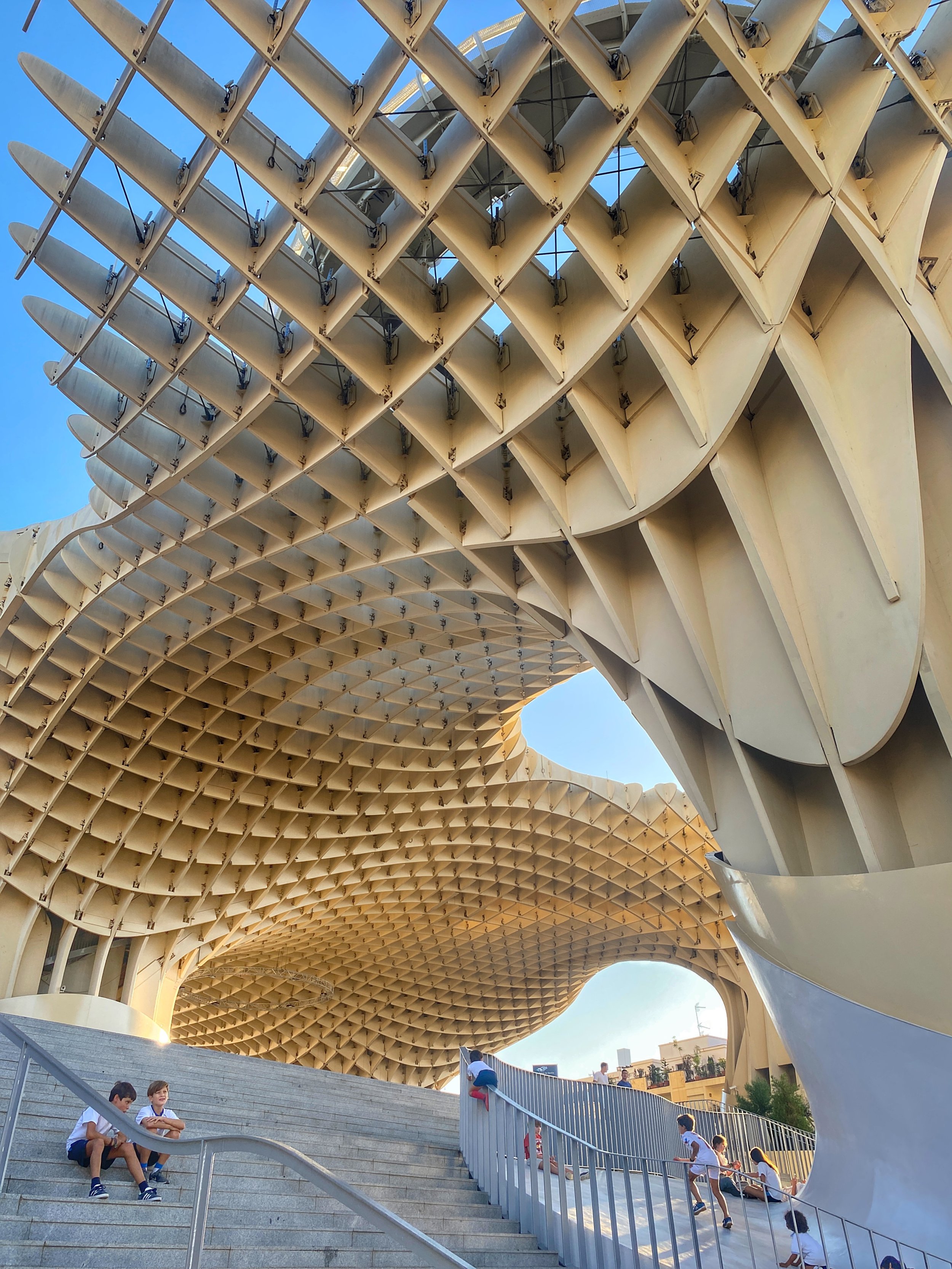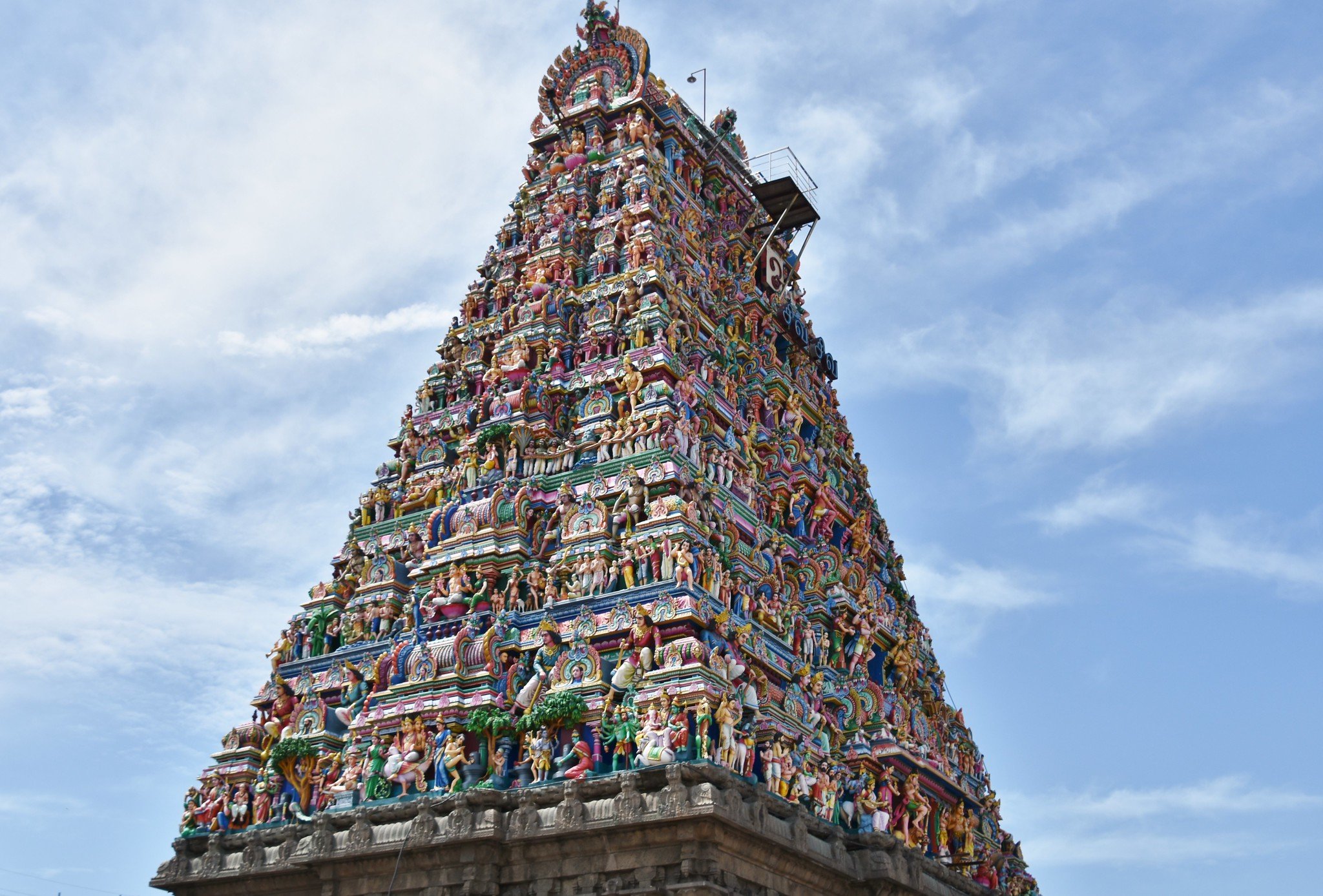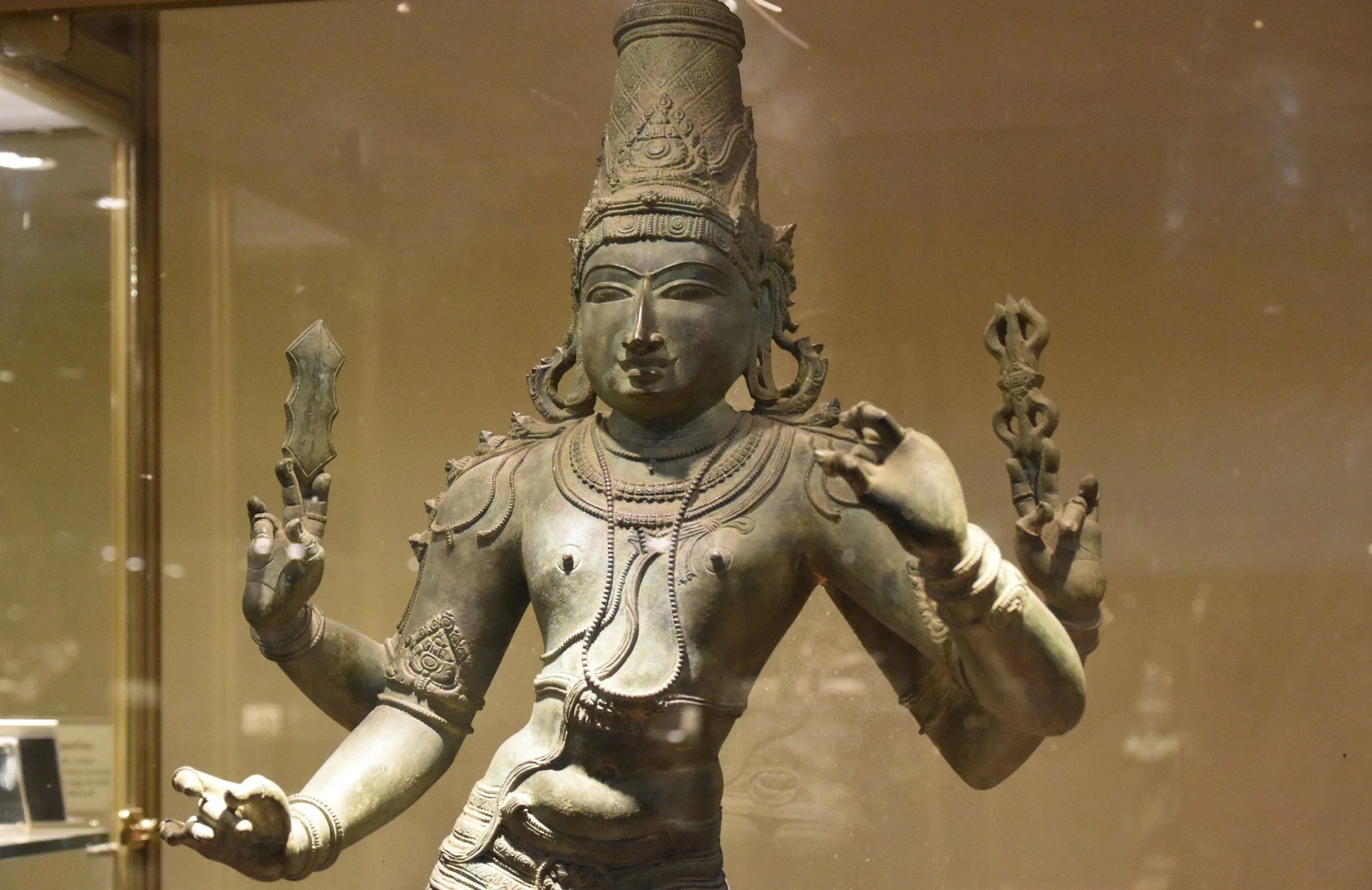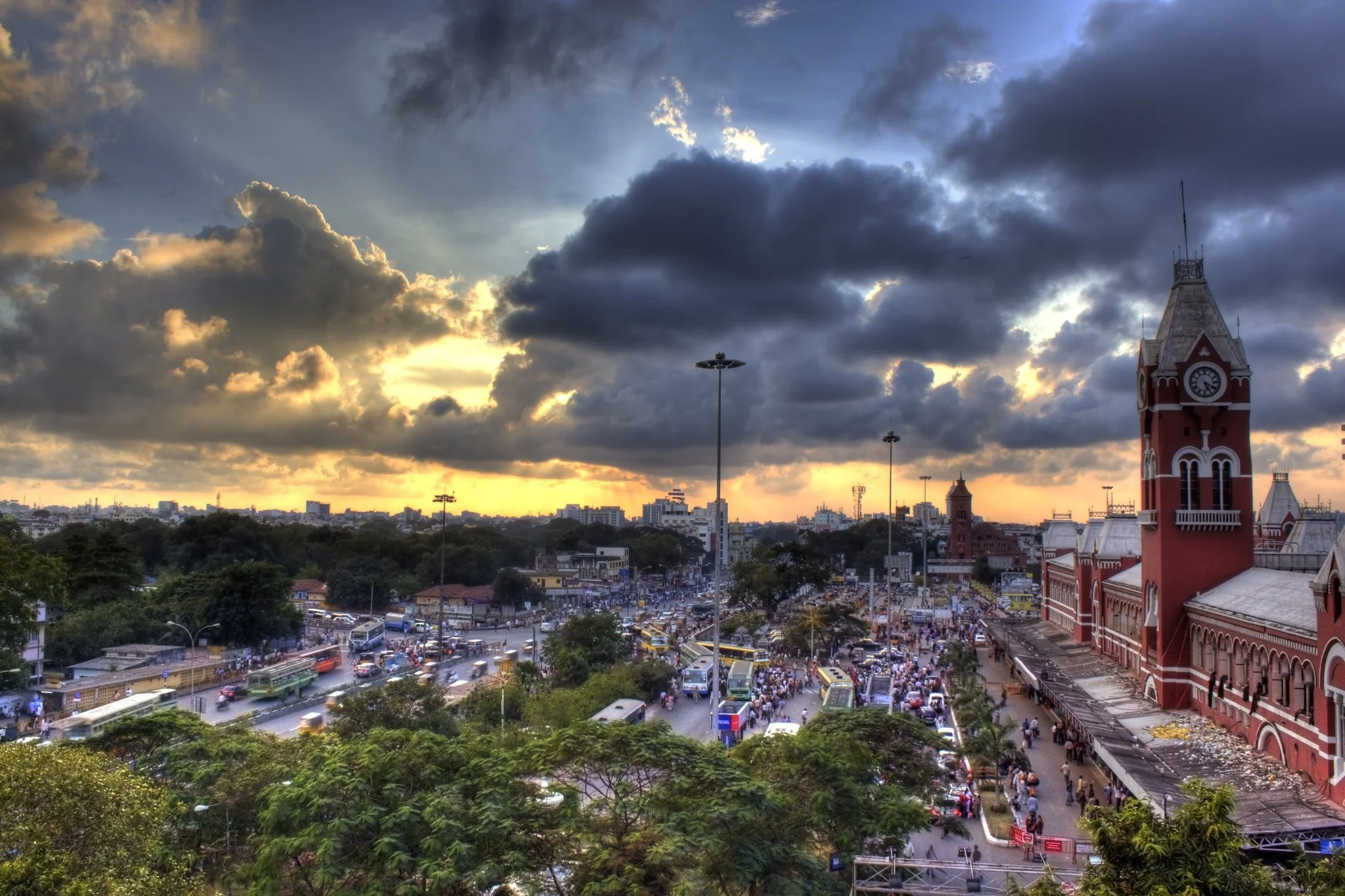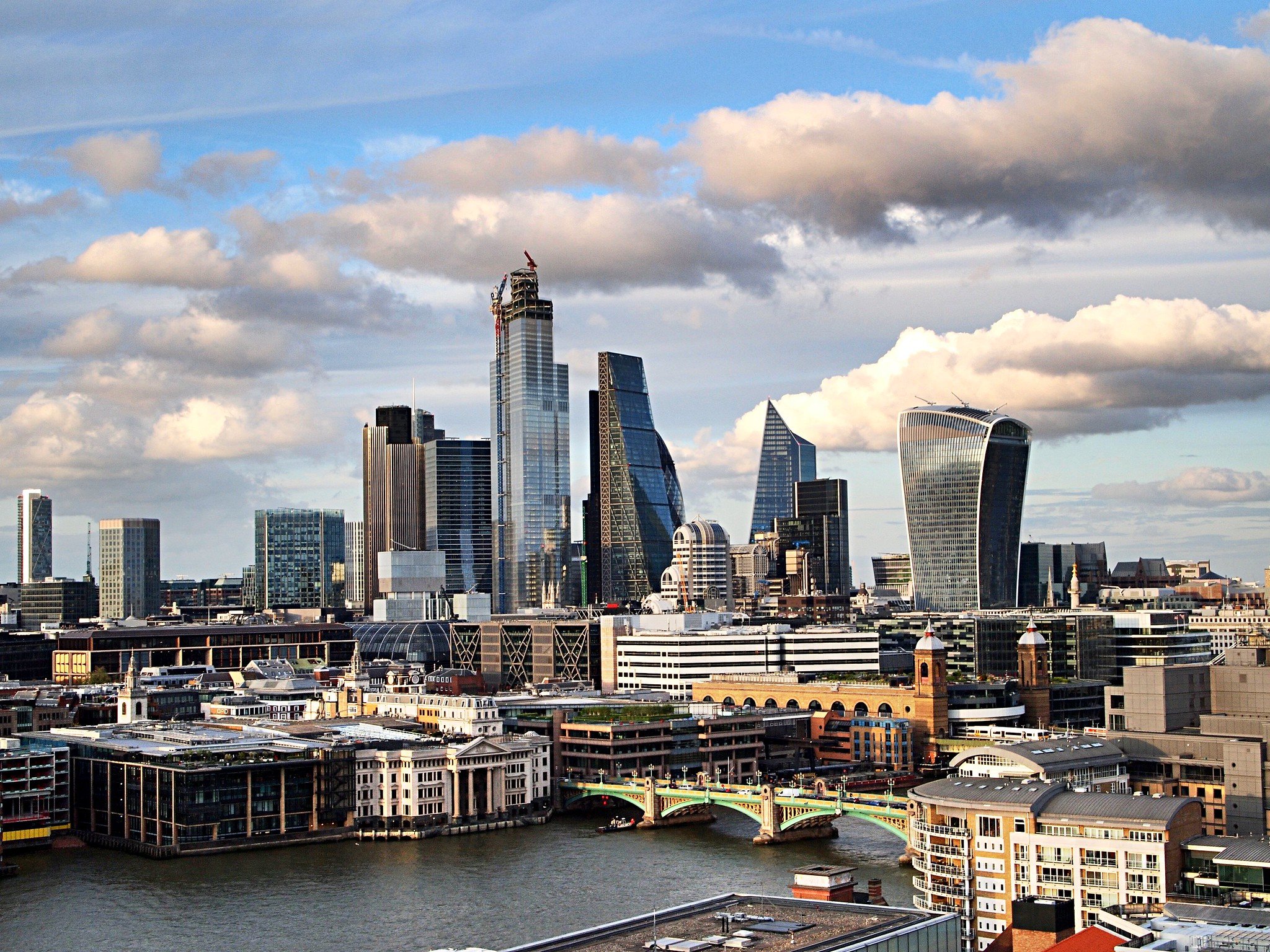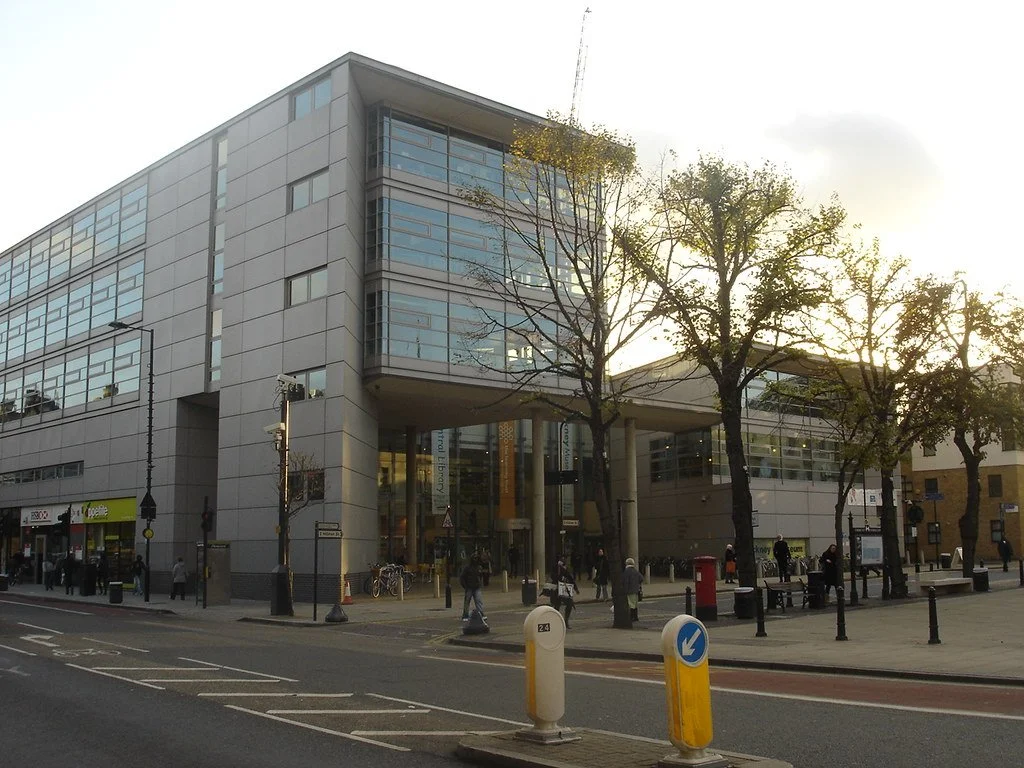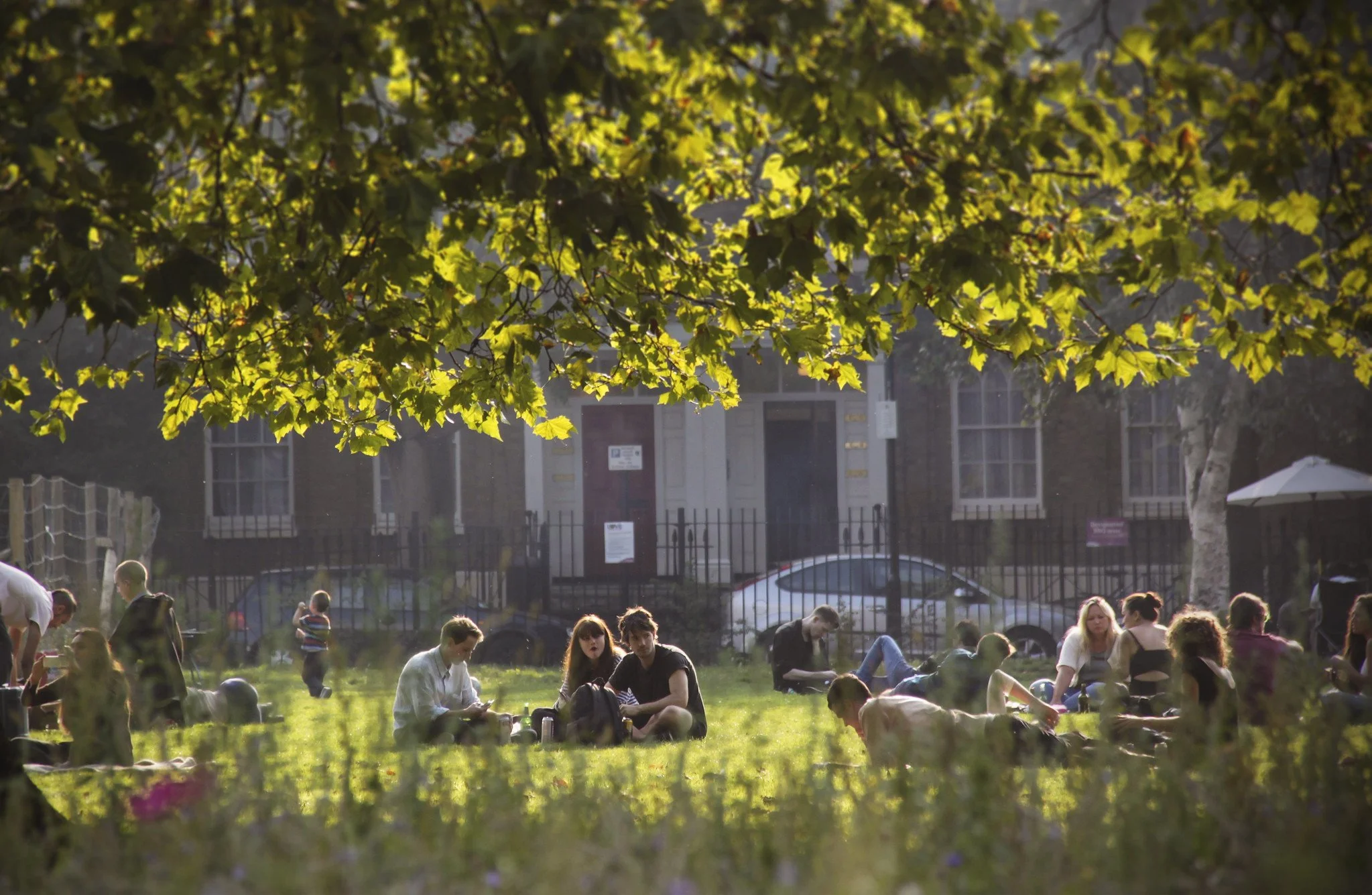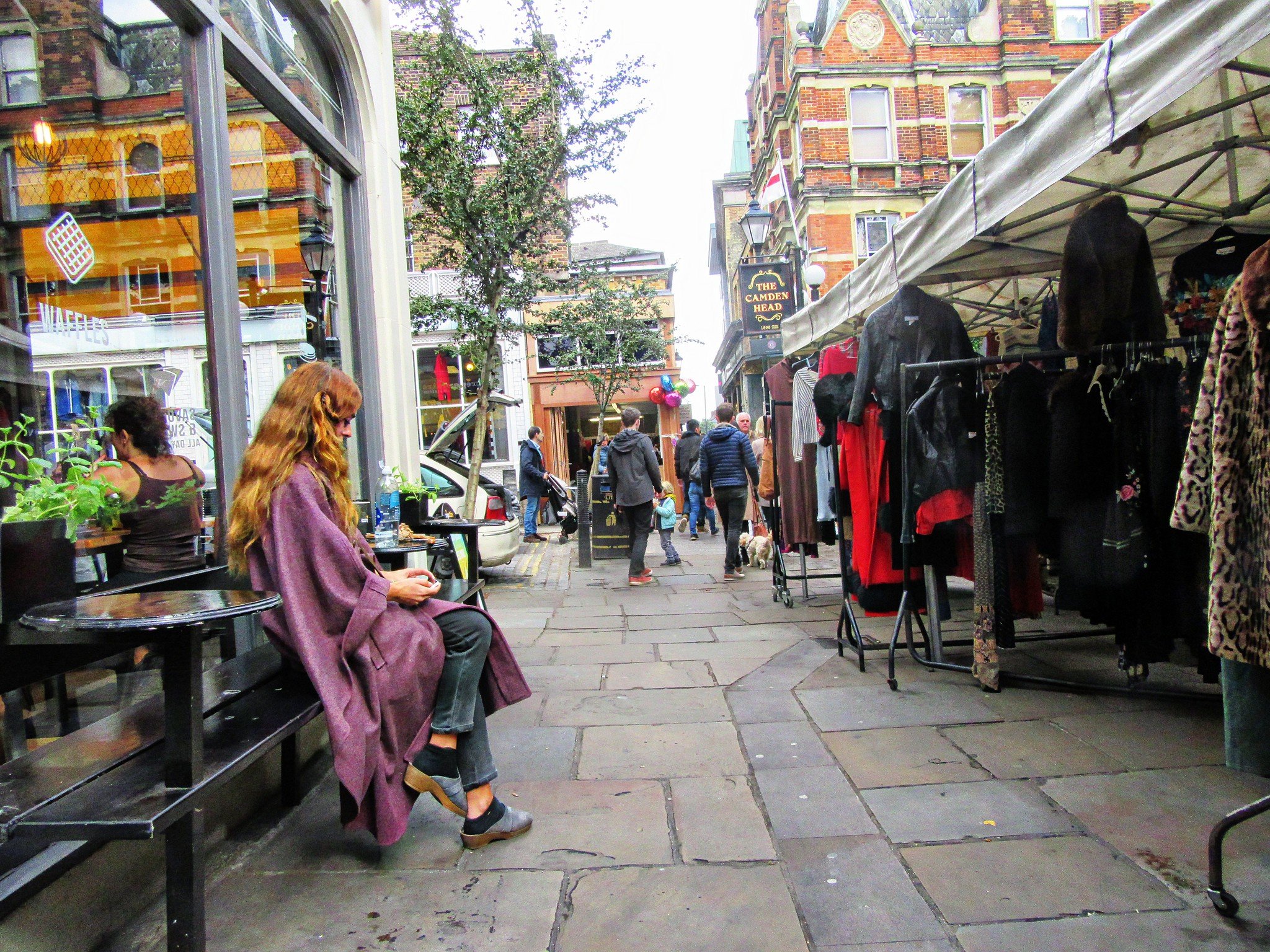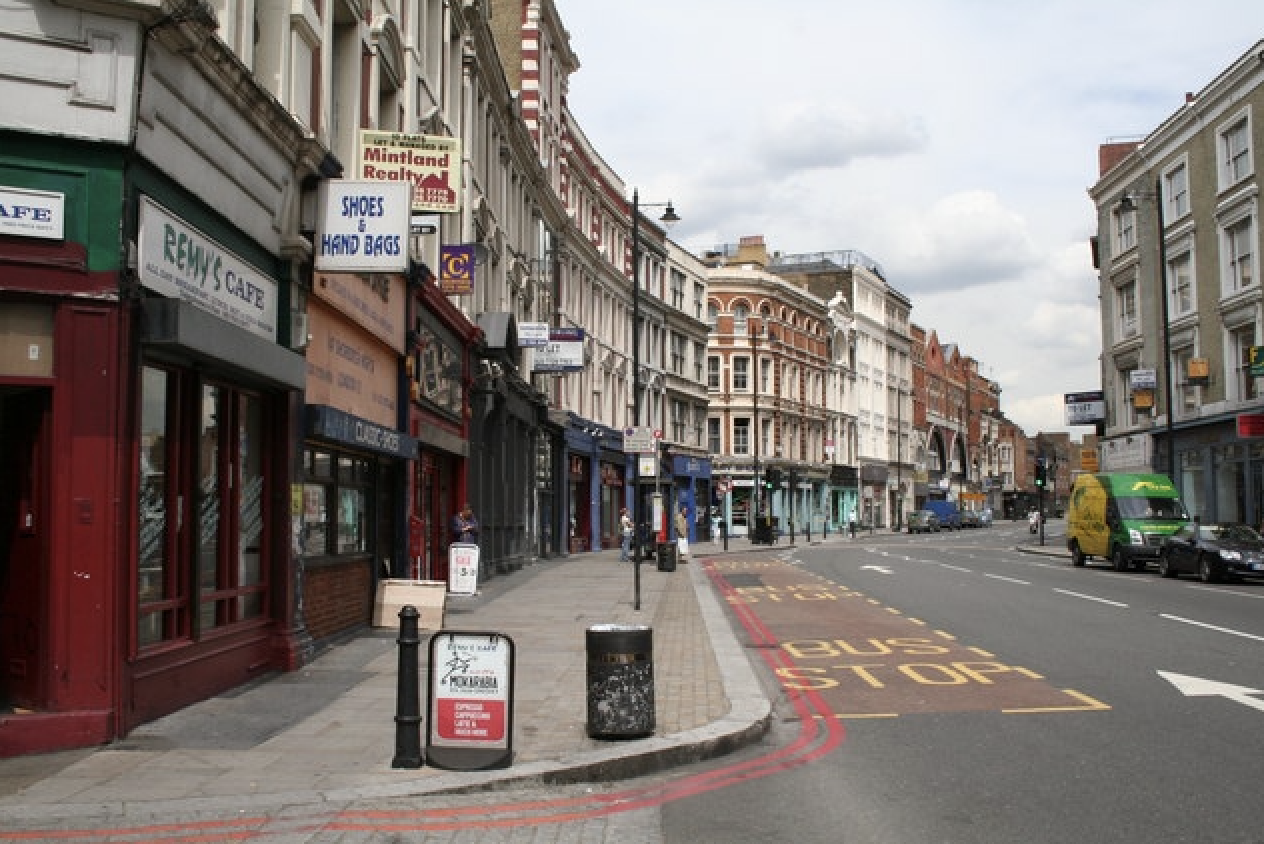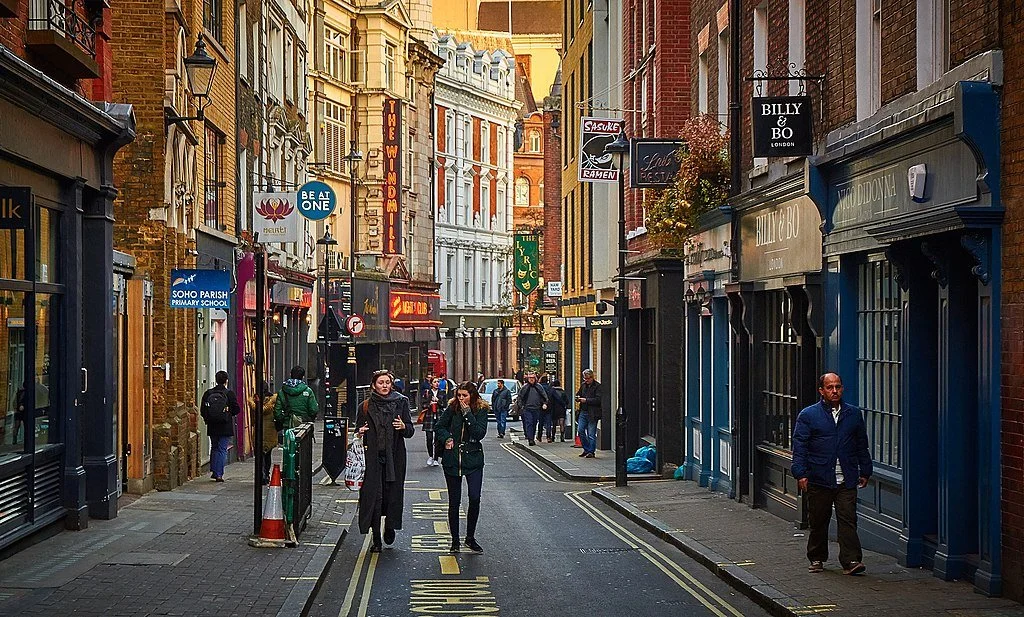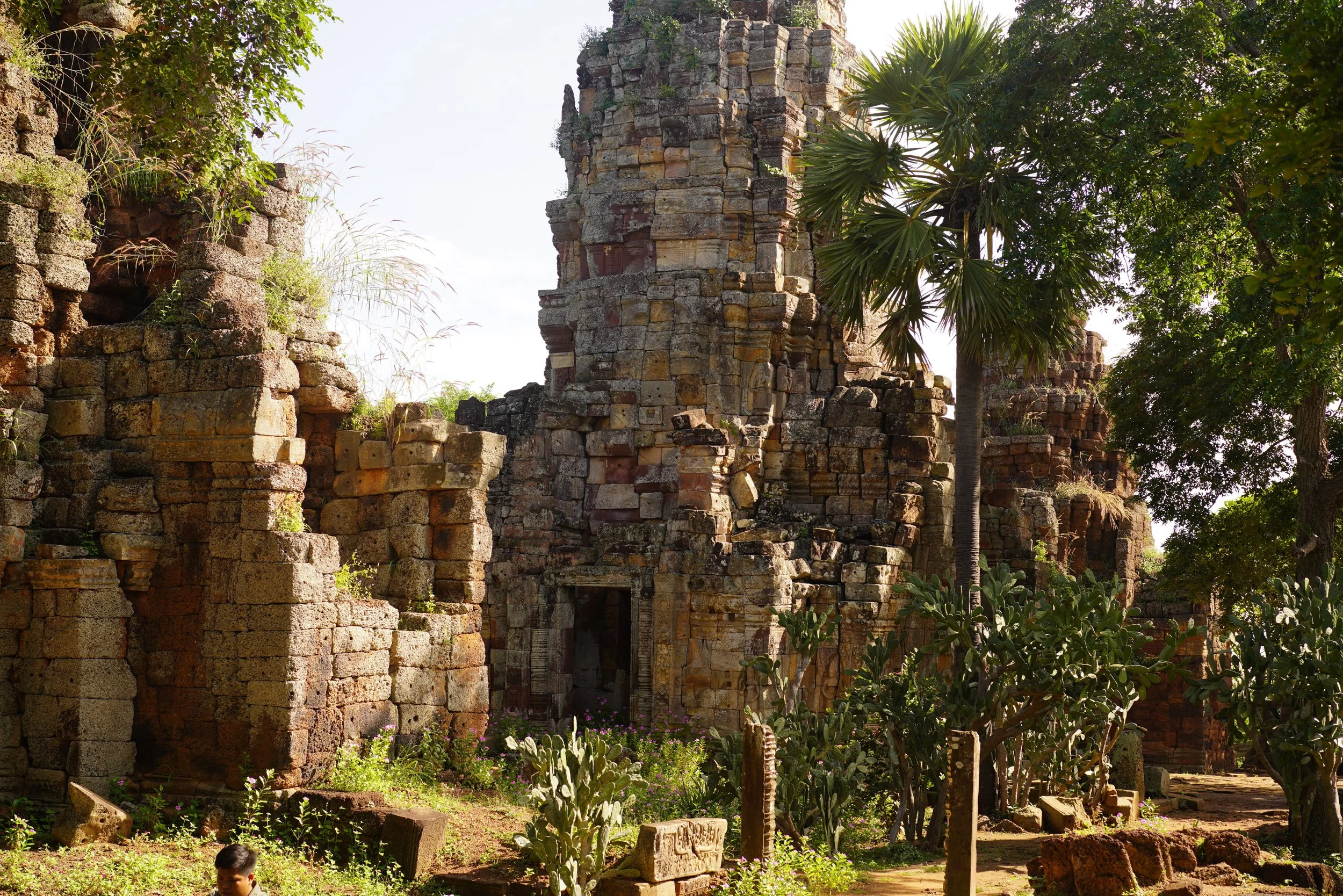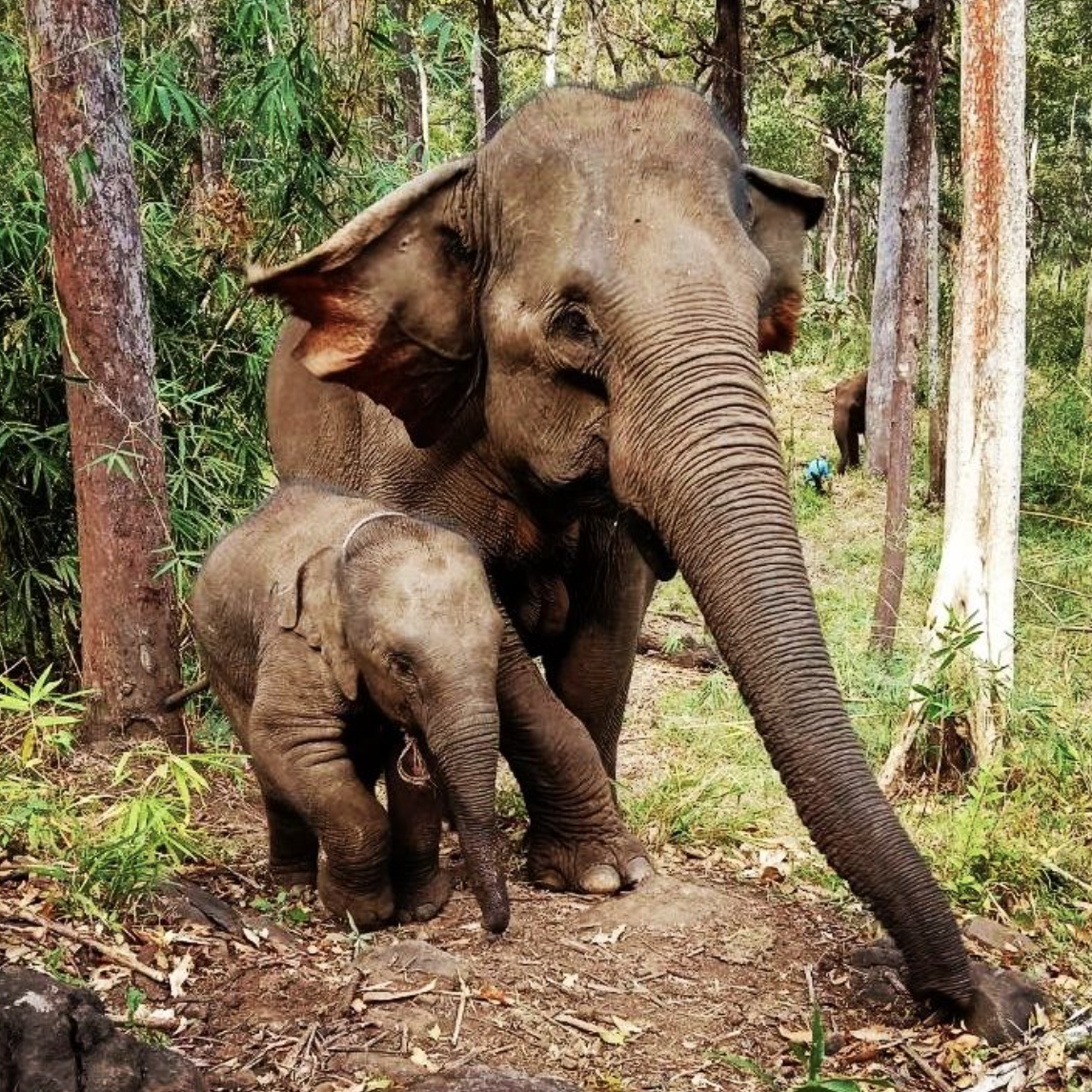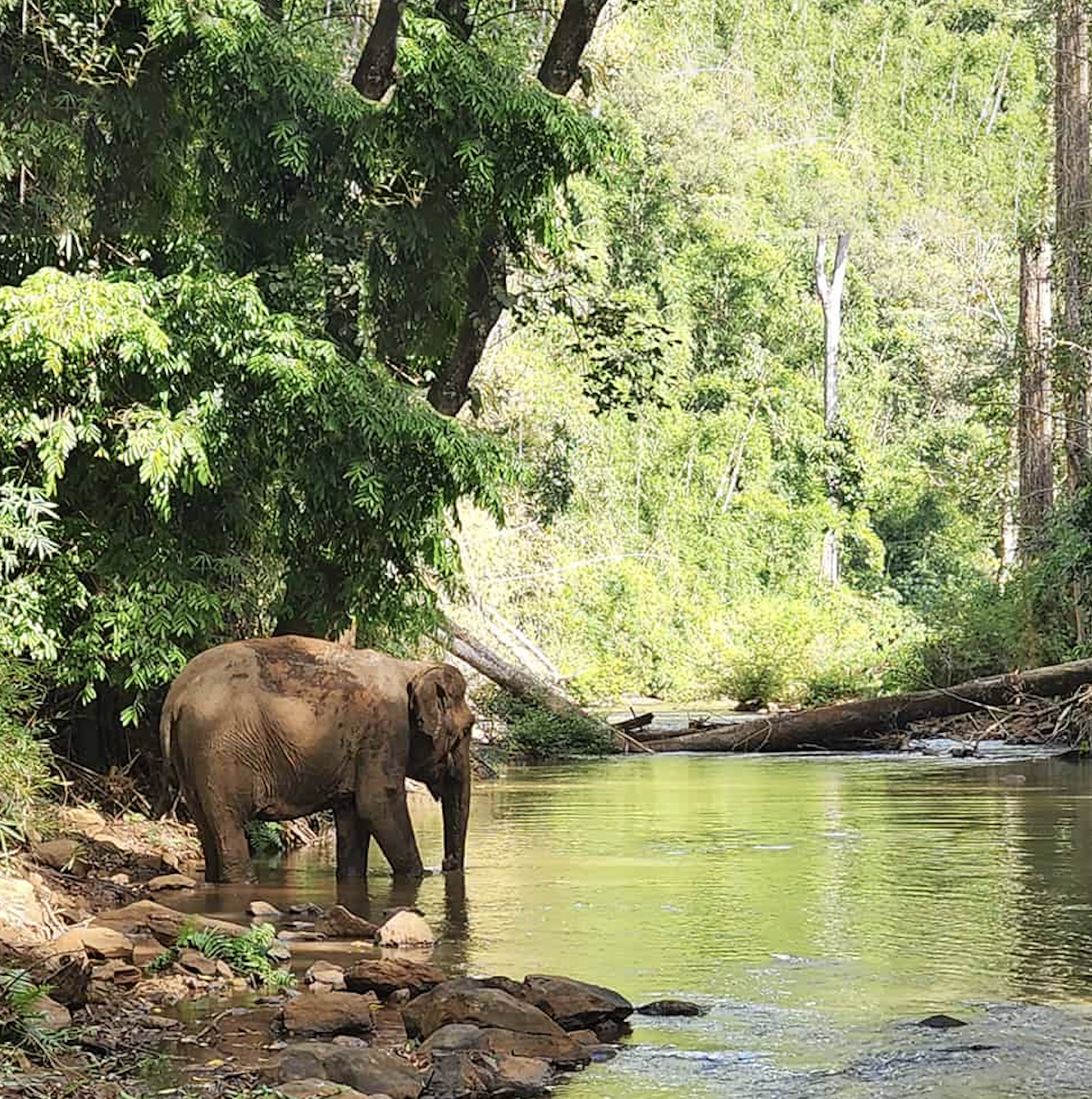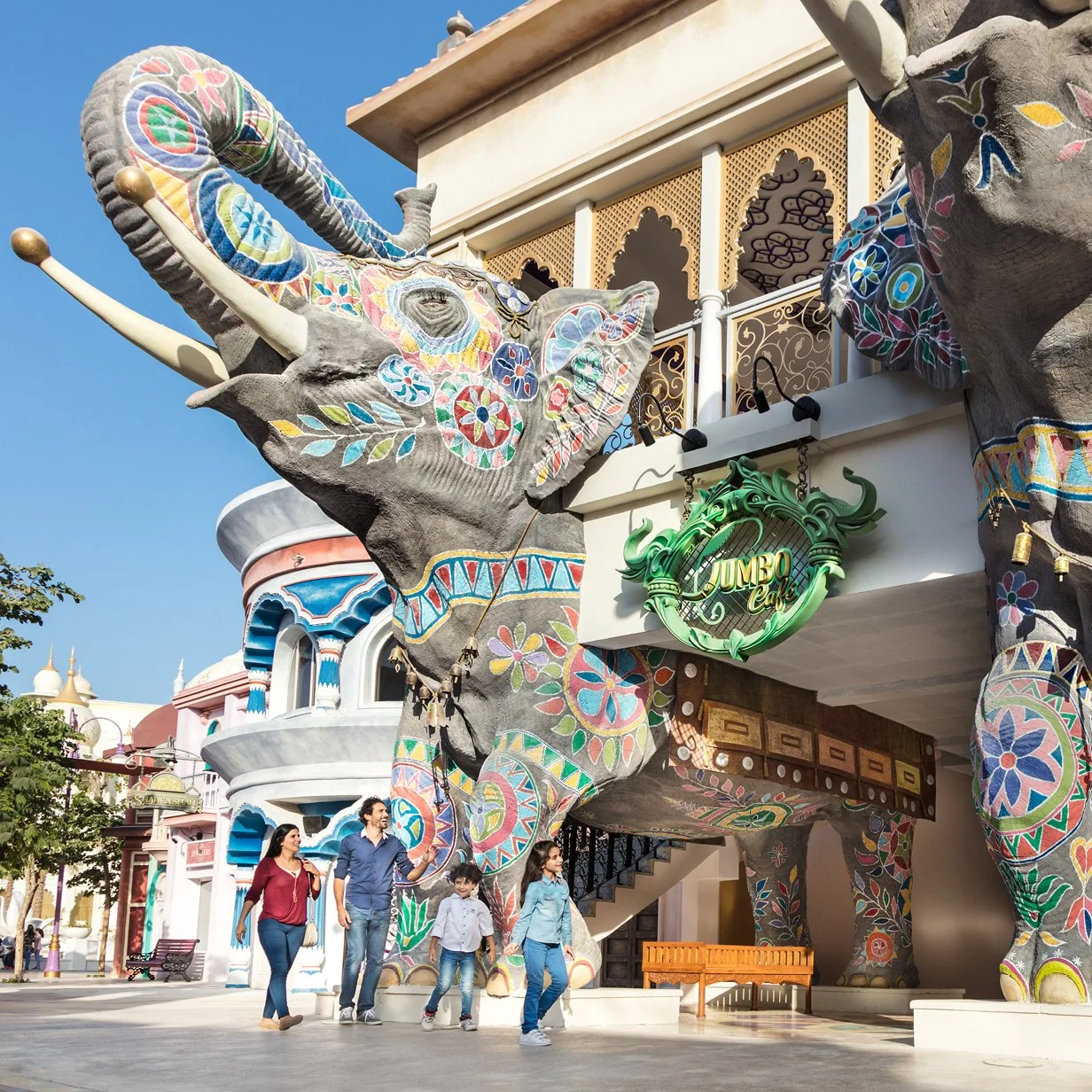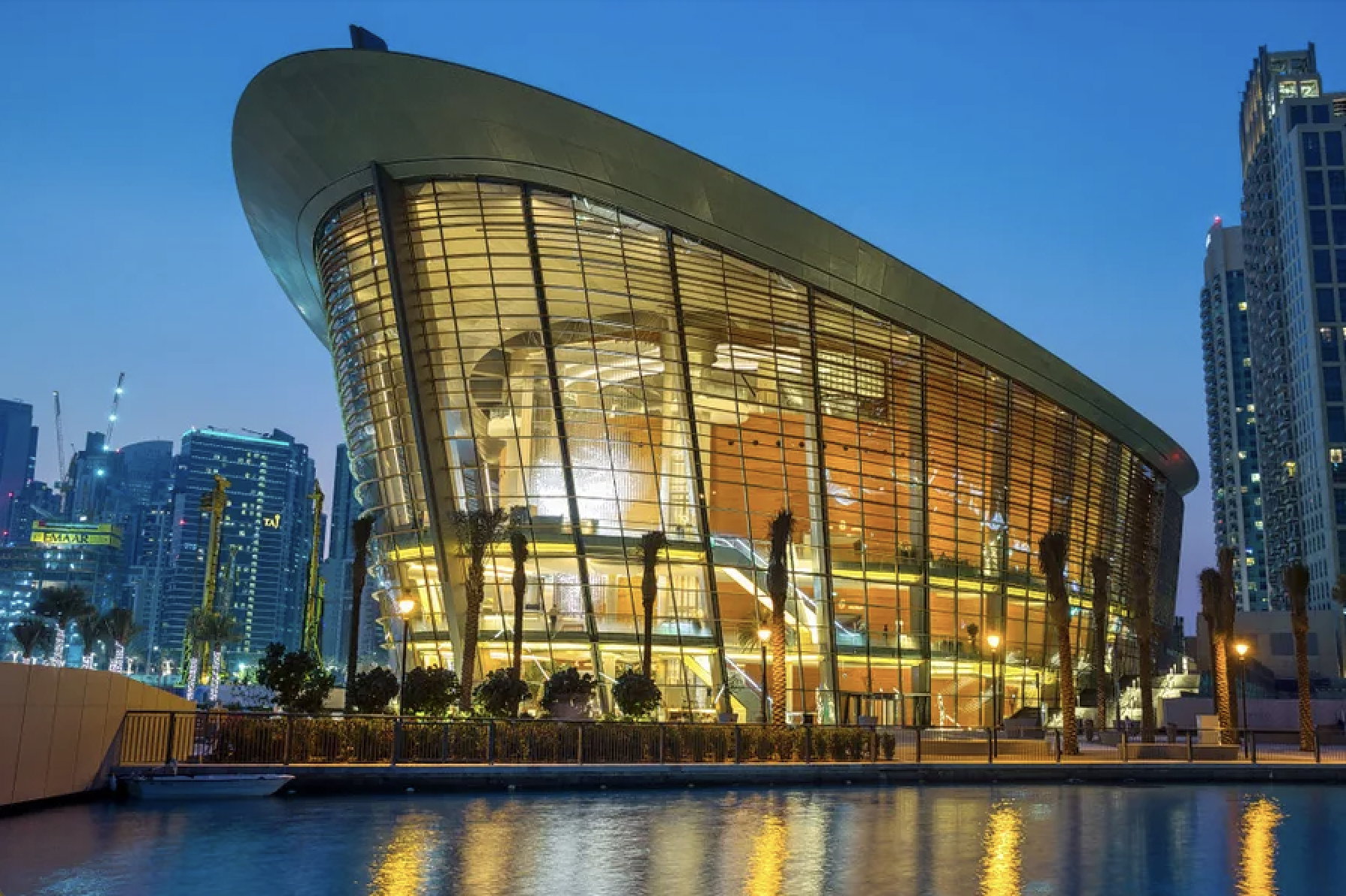Spoiler alert: The Mongols weren’t just bloodthirsty barbarians. Here are some of their shockingly progressive practices, from gender equality to standardized currency.
When you think of Genghis Khan, do you picture a ruthless conqueror who spent his days pillaging and plundering? Well, yes, that certainly was the case. But it turns out that Genghis, who lived from 1162-1227, was more of a forward-thinking innovator than your average medieval warlord. (By the way, most people mispronounce his name: It should be something more like Jen-gis or Ching-gis.)
One main reason why Genghis Khan has that reputation is the sheer size of the Mongol Empire at its height: “In 25 years, the Mongol army subjugated more lands and people than the Romans had conquered in 400 years. Genghis Khan, together with his sons and grandsons, conquered the most densely populated civilizations of the 13th century. Whether measured by the total number of people defeated, the sum of the countries annexed or by the total area occupied, Genghis Khan conquered more than twice as much as any other man in history,” writes Jack Weatherford in Genghis Khan and the Making of the Modern World, published in 2004. “At its zenith, the empire covered between 11 and 12 million contiguous square miles.”
Most people today live in countries conquered by the Mongols, whose empire “stretched from the snowy tundra of Siberia to the hot plains of India, from the rice paddies of Vietnam to the wheat fields of Hungary, and from Korea to the Balkans,” Weatherford continues.
“One of the Mongol law code’s greatest merits? No kidnapping women.
This might seem like a no-brainer today, but back then, it was a revolutionary step toward protecting individual rights. ”
The Mongols’ ability to conquer vast territories stemmed from their mastery of warfare, including feigned retreats, mobile cavalry, skilled archers, psychological tactics, advanced siege weapons, extensive spy networks and a remarkable ability to adapt.
But it wasn’t all battles and bloodshed. Here are 13 ways Ghenghis Khan and the Mongols were surprisingly progressive.
1. Meritocracy
In the traditional feudal system, your family name determined whether you’d be polishing armor or wearing it. Genghis Khan had a different idea. He believed that talent and skill should be the keys to power, not a fancy lineage.
In action: Under Genghis, promotions were based on ability, not aristocracy. This meant that even a “nobody” could rise to be a somebody if they had the chops. Subotai, for example, was born into a low-class blacksmith family and rose to become one of Genghis Khan’s most trusted generals through his strategic brilliance, orchestrating coordinated multi-front attacks that helped the Mongols conquer vast territories across Europe and Asia.
2. Religious tolerance
In a time when most leaders were busy burning heretics and smashing idols, the Mongols created a religious melting pot. Genghis Khan didn’t just tolerate different religions — he embraced them.
In action: Imagine a royal court where Buddhist monks, Muslim scholars, Christian missionaries and Taoist sages all hang out and exchange ideas over yak butter tea. Genghis Khan was smart enough to realize that forcing people to adopt one religion would only lead to unrest. Instead, he let them worship as they pleased, which, surprise surprise, led to a more stable and prosperous empire.
3. Legal reforms
Ever heard of the Yassa code? No, it’s not Kanye’s newest name change — it’s the Mongol legal system. Genghis Khan’s Yassa laid down the law for everyone, from the highest nobles to the humblest herders. The rule of law applied equally, and it was strictly enforced.
In action: One of the Yassa’s greatest merits? No kidnapping women. This might seem like a no-brainer today, but back then, it was a revolutionary step toward protecting individual rights. Other notable inclusions: care for the elderly and disabled, and the prohibition of bodily mutilation as punishment. And no one was exempt: Even Genghis himself had to play by the rules. Now that’s what we call equal opportunity justice.
4. Female empowerment
While medieval Europe was busy debating whether women had souls, the Mongols were giving them actual power and responsibilities. Mongolian women weren’t just seen but heard, holding positions of influence both at home and on the battlefield.
In action: Women in Mongol society could own property, initiate divorce and even fight alongside men. Genghis Khan’s daughters played key roles in governance and diplomacy, running entire regions of the empire. And to think it took 700 more years before women could even vote in America.
5. Cultural fusion
The Mongol Empire was the ultimate cultural blender, mixing traditions, languages and customs from every corner of its vast territory. This wasn’t just coexistence — it was a dynamic, thriving fusion that enriched everyone involved.
In action: In the bustling cities of the Mongol Empire, you could hear a dozen languages in the marketplace, see architectural styles from Persia to China, and taste foods from across the continent. Genghis Khan encouraged this blending of cultures, which led to a vibrant, cosmopolitan society.
6. Standardized currency
Before the Mongols, doing business across different regions involved a confusing mess of currencies and a purse heavy with coins. Enter Genghis Khan, who introduced a standardized currency system that made trade as smooth as a Mongolian silk scarf. The Mongols embraced paper money long before it became cool.
In action: Imagine traveling from Beijing to Baghdad and using the same currency along the way. It’s like having one universal credit card in a world full of barter systems. This wasn’t just convenient; it was revolutionary. The streamlined economy boosted trade and brought prosperity across the empire. Suddenly, Marco Polo’s tales of Mongol riches make a lot more sense.
7. Distribution of wealth
After every successful raid or campaign, instead of building a giant gold statue of himself (which, let’s be honest, he totally could have), Genghis Khan divided the spoils — gold, silver, livestock, you name it — among his soldiers and the greater Mongol community via widows and orphans. This wasn’t just generosity; it was strategic brilliance. By ensuring that his troops and their families shared in the riches, Genghis Khan cultivated a fiercely loyal army and a population that was as invested in the empire’s success as he was. Talk about a profit-sharing plan!
In action: Take, for example, the aftermath of the Khwarezmian Empire’s collapse in 1221. After turning those Persian cities into a Mongol pillaging spree, Genghis didn’t keep the loot for himself. Instead, he divided it up among his troops and even sent a nice chunk back home to the families in Mongolia. This approach pleased his soldiers — turning them into recruitment posters on horseback. Who wouldn’t want to join an army where the bonus plan included a share of the spoils? It’s no wonder the Mongol Empire expanded so fast.
8. Tax reforms
Taxes might be as old as civilization itself, but the Mongols had a surprisingly modern take on them. Instead of bleeding their subjects dry, they implemented a fair and efficient tax system that encouraged growth and investment. Genghis Khan knew that happy traders meant a thriving economy.
In action: Under the Mongols, taxes were based on wealth generated, not arbitrary demands. They even exempted religious leaders and certain professions — including doctors, priests and teachers — from taxes altogether. Think of it as a medieval version of tax breaks for small businesses. This approach not only fueled economic expansion but also kept the populace relatively content.
9. Infrastructure development
The Mongols weren’t just tearing down walls — they were building up infrastructure. They constructed an extensive network of roads and bridges that connected the far reaches of their empire. These weren’t just any roads; they were superhighways of the medieval world, facilitating trade, communication and even mail delivery.
In action: The yam system, a kind of Mongol Pony Express, allowed messages to travel across the empire at lightning speed (well, for the 13th century). Waystations with fresh horses and supplies were set up along these routes, ensuring that couriers, traders, diplomats and soldiers could move quickly and efficiently.
10. Promotion of trade
Before the age of globalization, there were the Mongols, creating an environment where trade could flourish, connecting East and West like never before.
In action: A world where goods, ideas and technologies flowed freely between continents: The Mongols made this possible by ensuring the safety of trade routes and establishing a network of waystations and caravanserais (inns for travelers). Traders could travel from China to Europe with relative ease, bringing silk, spices, and innovations like gunpowder and printing techniques. It was the medieval equivalent of Amazon Prime, but with more camels.
11. Knowledge transfer
The Mongols brought together the best minds from all over their vast empire. They didn’t just conquer; they collected knowledge, and boy, did they know how to network.
In action: When the Mongols captured scientists, engineers and scholars from different regions, they didn’t toss them in dungeons or hold them hostage. Nope, they put them to work sharing their expertise. Persian mathematicians, Chinese engineers and Arab astronomers all found themselves part of a massive, multicultural think tank. The result? A cross-pollination of ideas that accelerated advancements in science, medicine and technology.
12. Agricultural techniques
While the rest of the world was figuring out crop rotation, the Mongols were busy revolutionizing agriculture. They introduced innovative farming methods and new crops that boosted food security and productivity across their empire.
In action: The Mongols were early adopters of techniques like irrigation and soil management. They also spread crops like sorghum and millet to new regions, ensuring diverse and resilient food supplies.
13. Military innovations
Okay, so maybe the Mongols did have a knack for warfare, but it wasn’t just brute force — they were tactical geniuses. Mongol military innovations didn’t just win battles; they changed the way wars were fought.
In action: The Mongol army’s use of composite bows, superior horsemanship and advanced siege tactics set new standards in military strategy. They also perfected the art of psychological warfare, using fear and surprise to their advantage. Their adaptability and innovation made them virtually unstoppable.
The Mongolian Stamp on the Modern World
As the dust settled on the vast empire Genghis Khan and his descendants carved out, the world had irrevocably changed. The Mongols were more than conquerors — they were connectors, innovators, and, in a paradoxical way, civilizers.
It’s time to shed light on the accomplishments of the Mongols, especially given how much we’ve misunderstood or even demonized them. For centuries, the term “Mongoloid” was cruelly applied to children with Down syndrome, falsely attributing to them the characteristics of an entirely different race — with the assumption that one of the baby’s ancestors must have been raped by a Mongol warrior.
The Mongols’ unyielding pursuit of dominance brought disparate cultures into dialogue, facilitated trade on an unprecedented scale, and spread ideas that would ignite revolutions in governance, warfare and even cuisine. From the Silk Road’s bustling caravans to the structured postal systems and the rise of paper money, the Mongols left a legacy far richer than their warrior reputation suggests.
“Whether in their policy of religious tolerance, devising a universal alphabet, maintaining relay stations, playing games, or printing almanacs, money or astronomy charts, the rulers of the Mongol empire displayed a persistent universalism,” Weatherford writes. “Because they had no system of their own to impose upon their subjects, they were willing to adopt and combine systems from everywhere. Without deep cultural preferences in these areas, the Mongols implemented pragmatic rather than ideological solutions. They searched for what worked best; and when they found it, they spread it to other countries. They did not have to worry whether their astronomy agreed with the precepts of the Bible, that their standards of writing followed the classical principals taught by the mandarins of China, or that Muslim imams disapproved of their printing and painting. The Mongols had the power, at least temporarily, to impose new international systems of technology, agriculture and knowledge that superseded the predilections or prejudices of any single civilization; and in so doing, they broke the monopoly on thought exercised by local elites.”
“In conquering their empire, not only had the Mongols revolutionized warfare, they also created the nucleus of a universal culture and world system,” he continues. “This new global culture continued to grow long after the demise of the Mongol Empire, and through continued development over the coming centuries, it became the foundation for the modern world system with the original Mongol emphases on free commerce, open communication, shared knowledge, secular politics, religious coexistence, international law and diplomatic immunity.”
In a world that often frames history through the lens of East versus West, the Mongols remind us that our modern world isn’t a tale of isolated civilizations but a mosaic of influences, shaped by both conflict and collaboration. The very practices and beliefs we hold dear today — from the concept of religious tolerance to the mechanics of global commerce — owe a debt to a nomadic people whose empire once stretched from the steppes of Mongolia to the heart of Europe.
In the Mongols, we find the origins of a truly interconnected world, one that continues to evolve, much like the riders who once galloped across the plains, forever altering the course of history. –Wally

